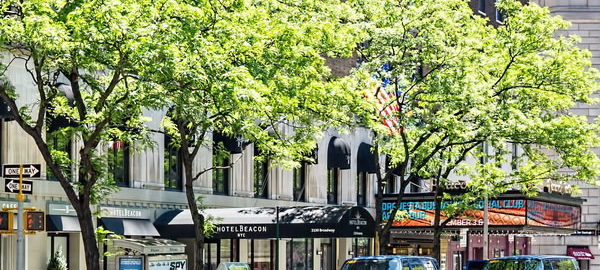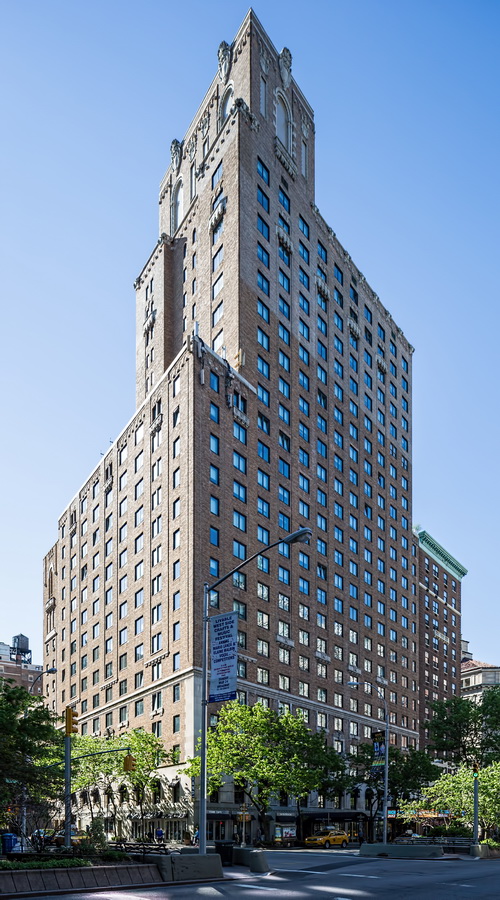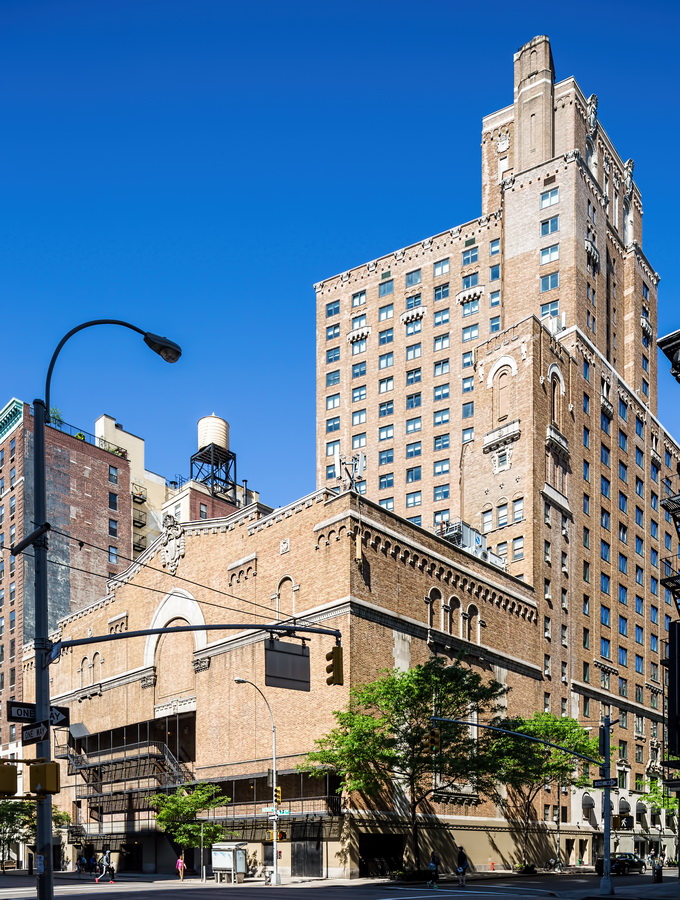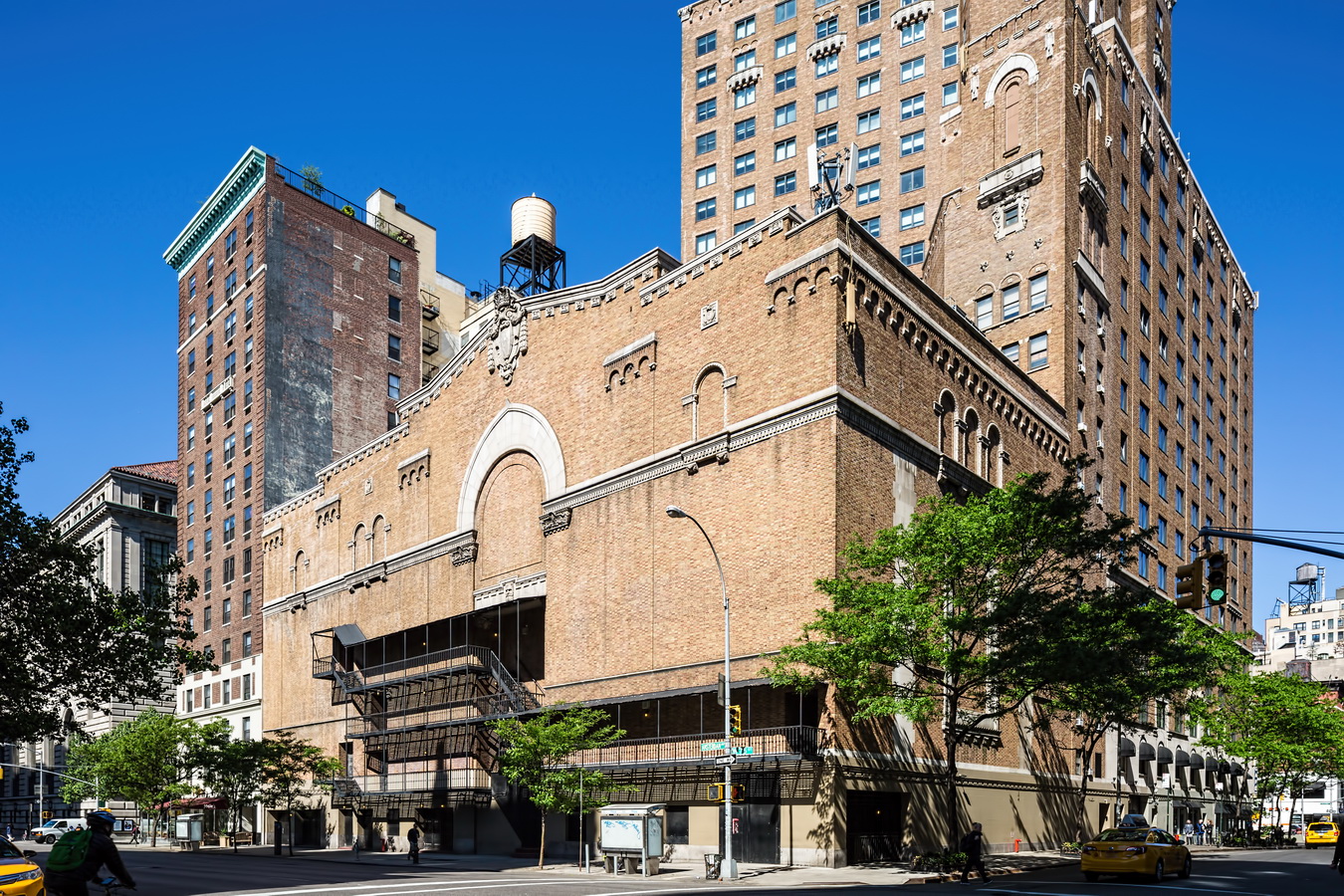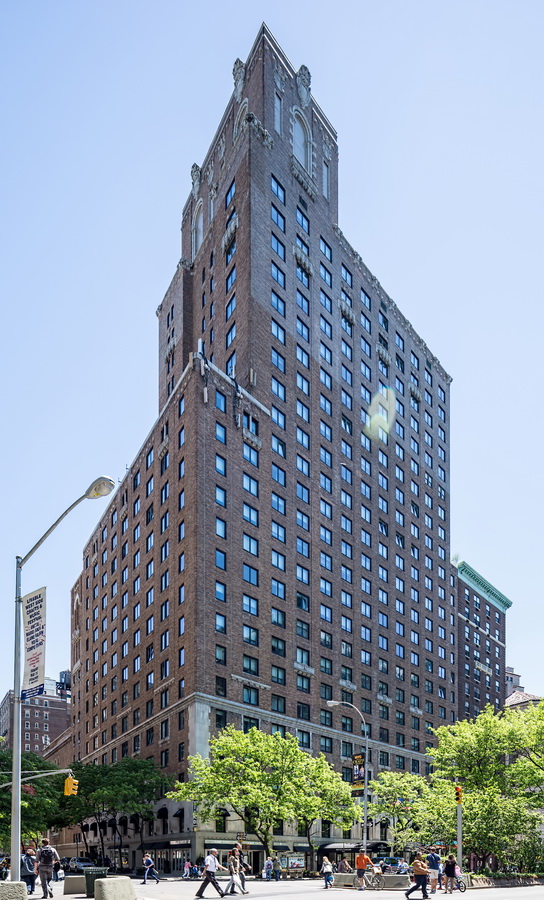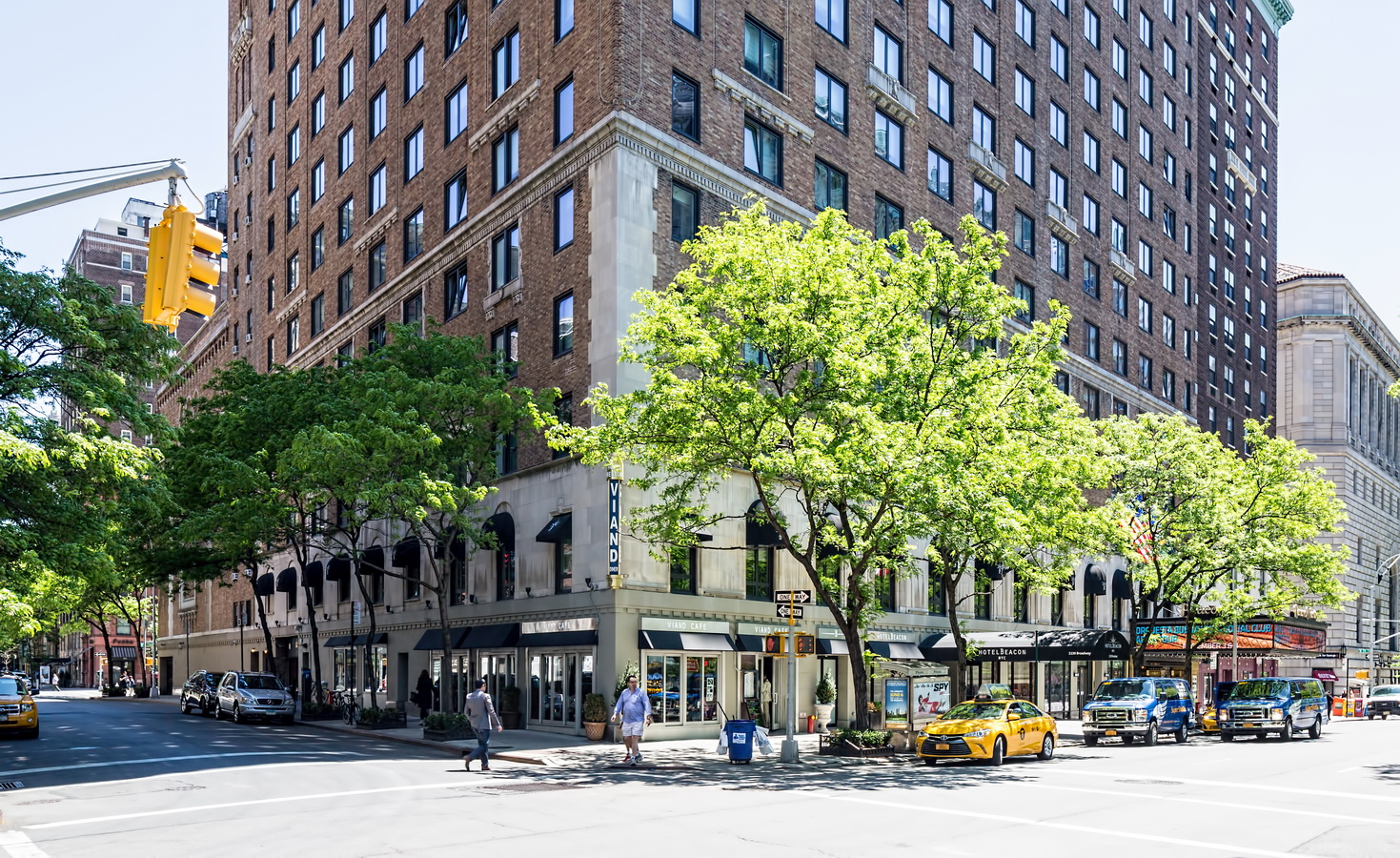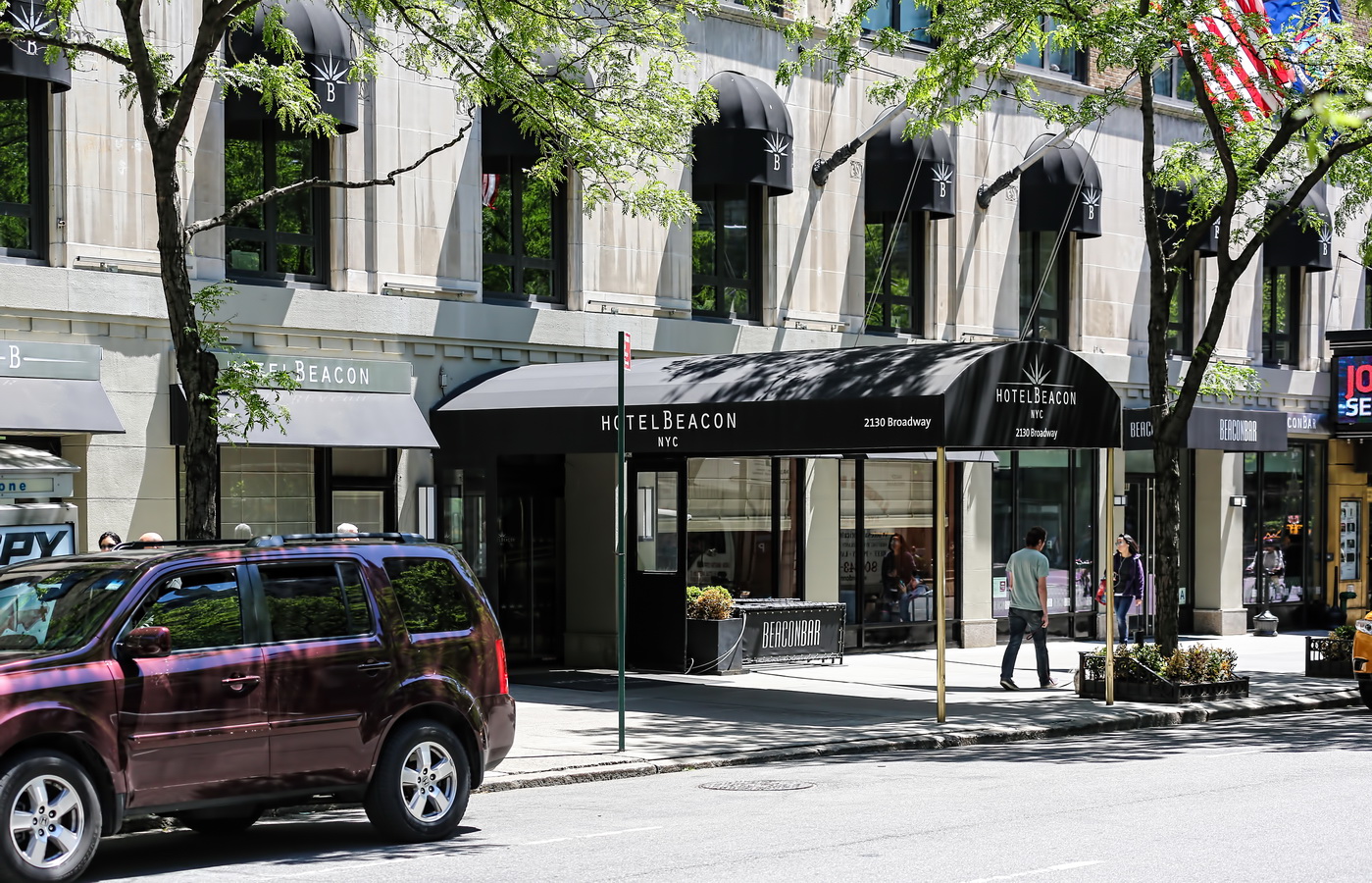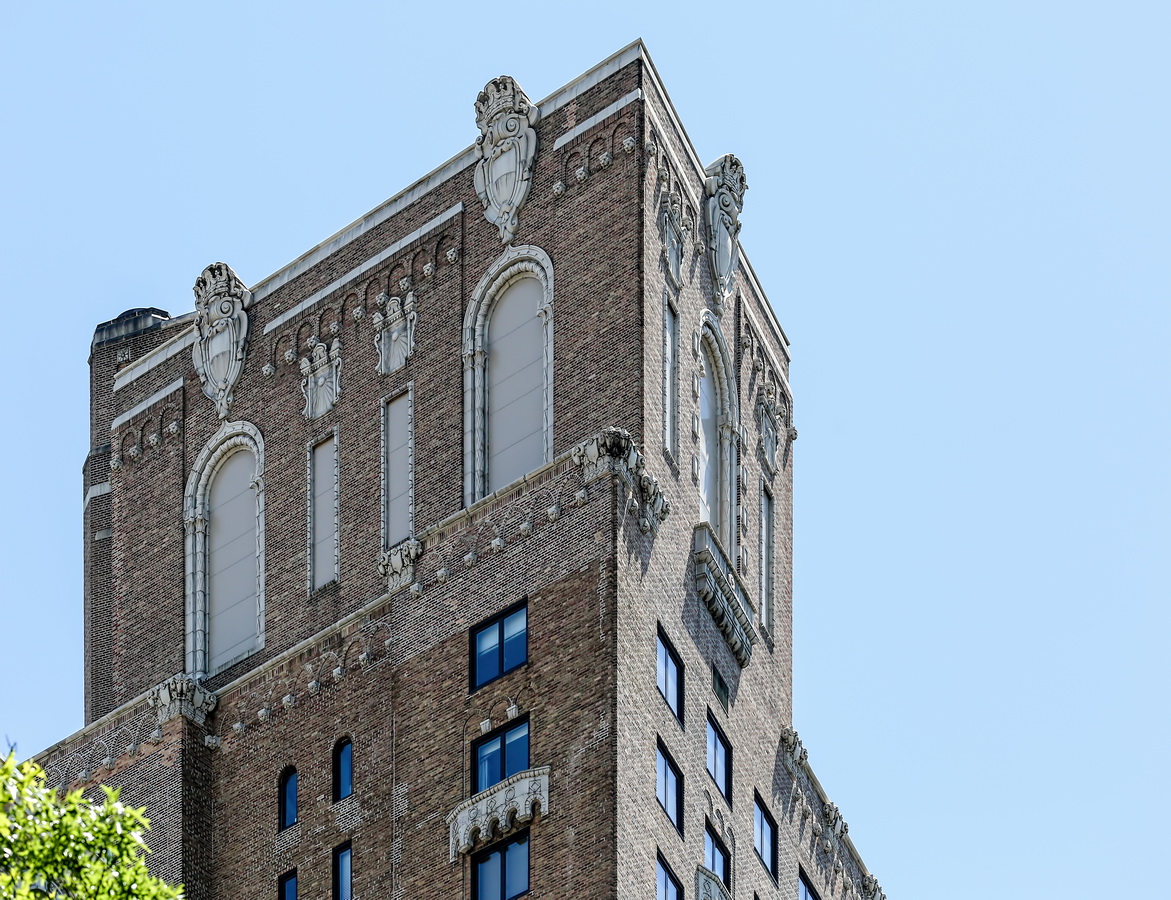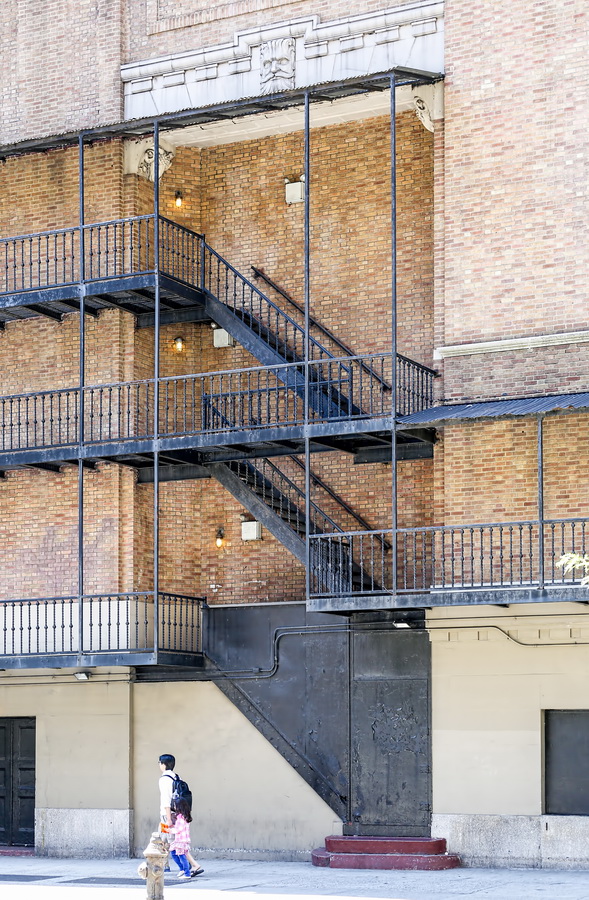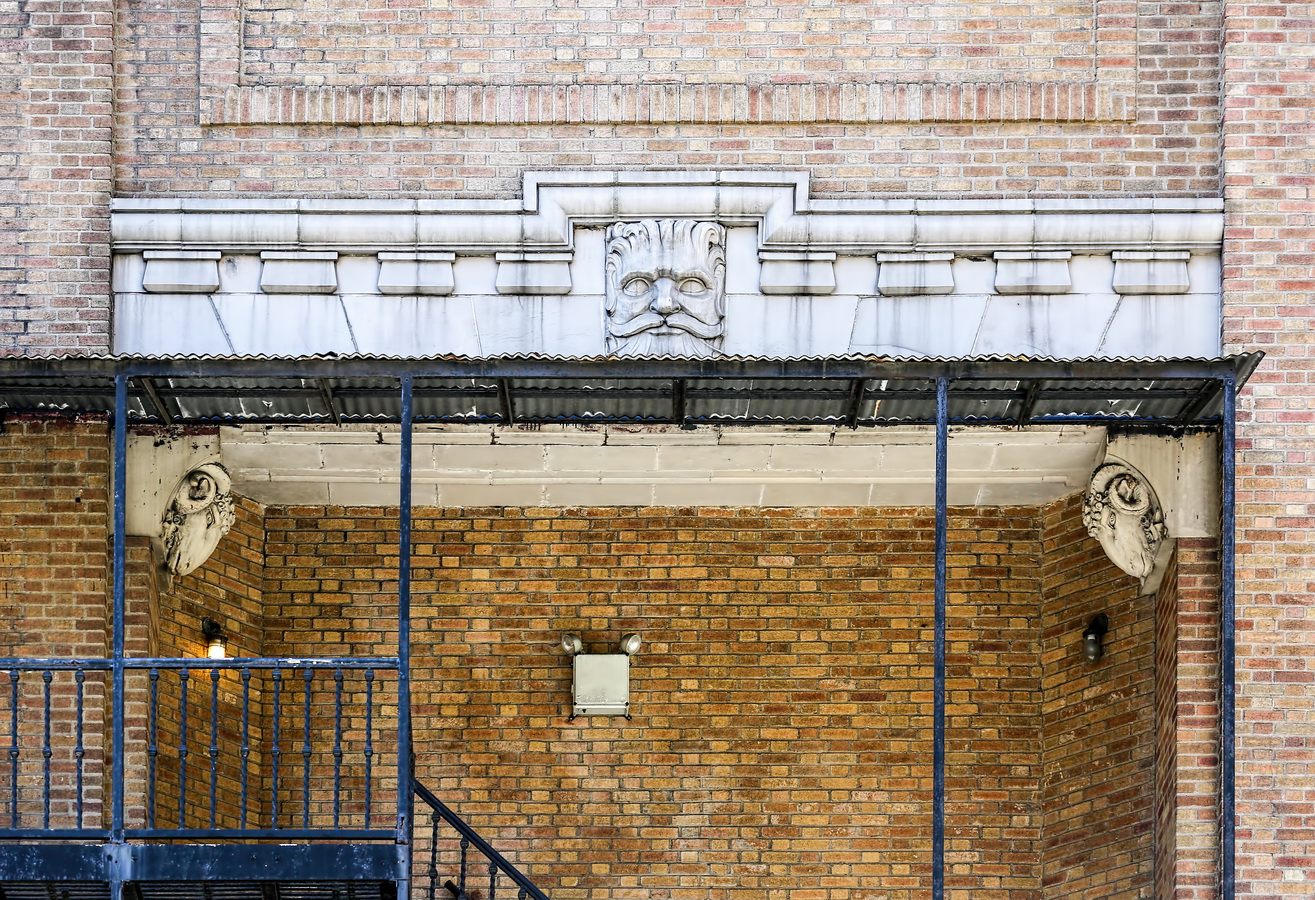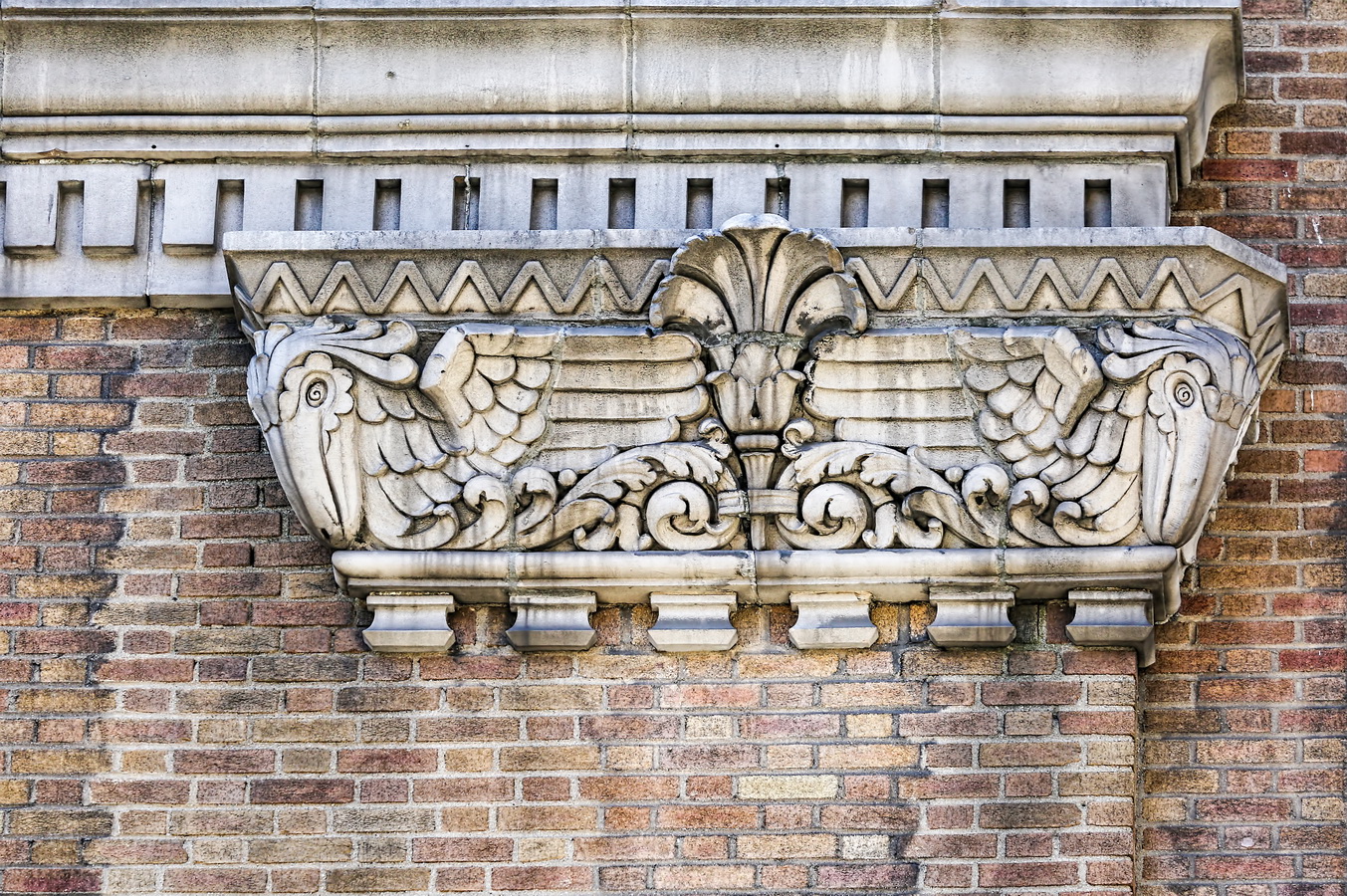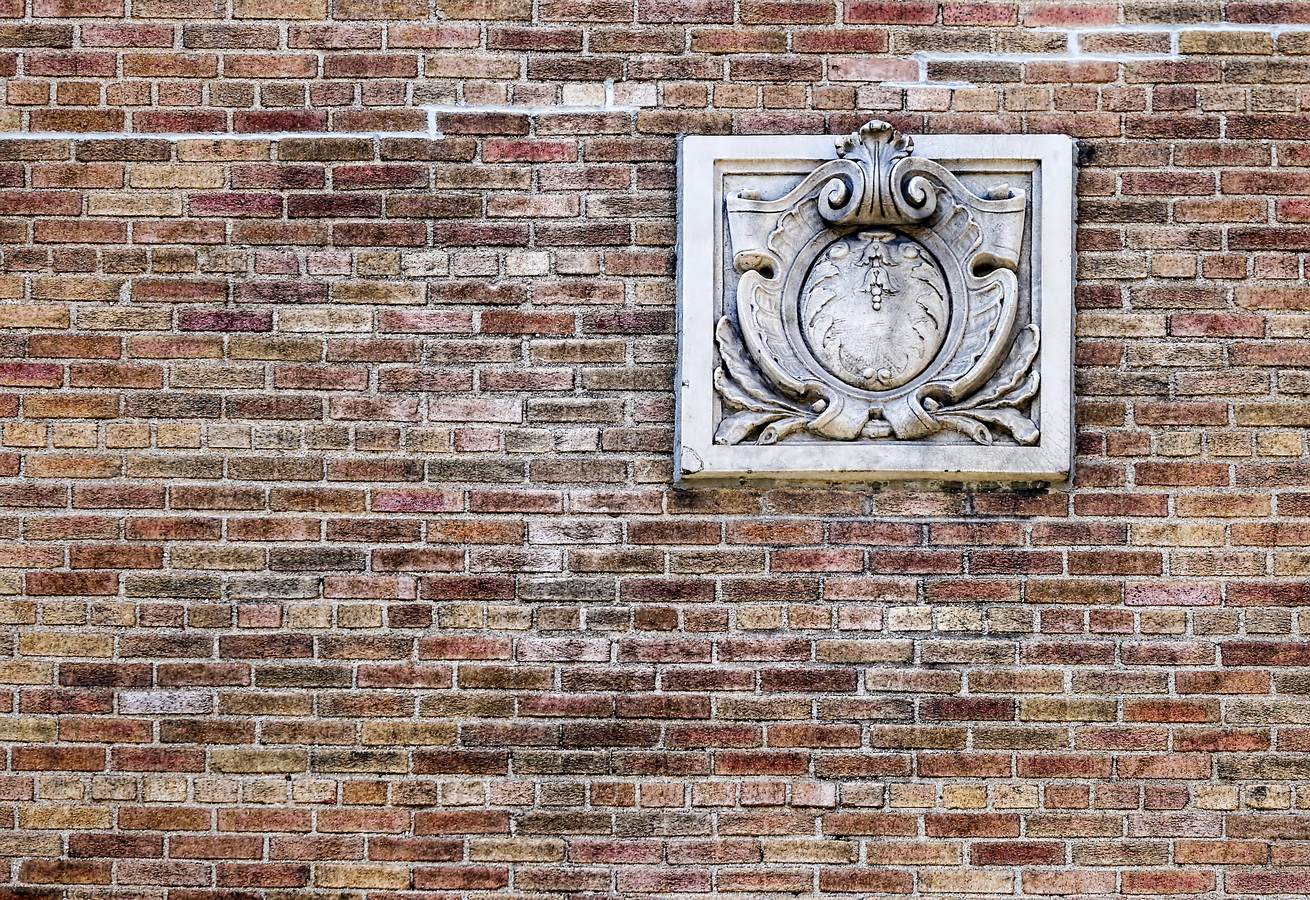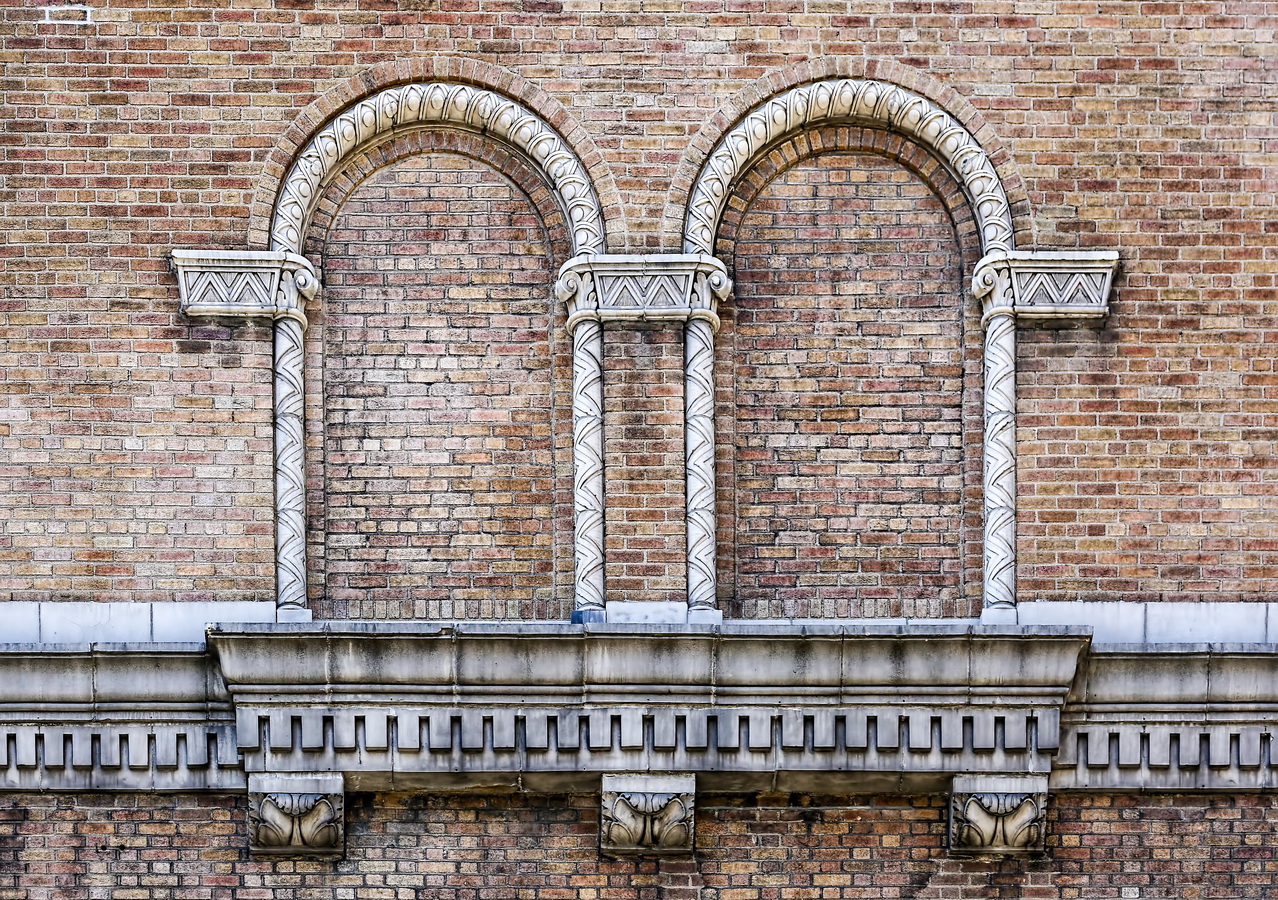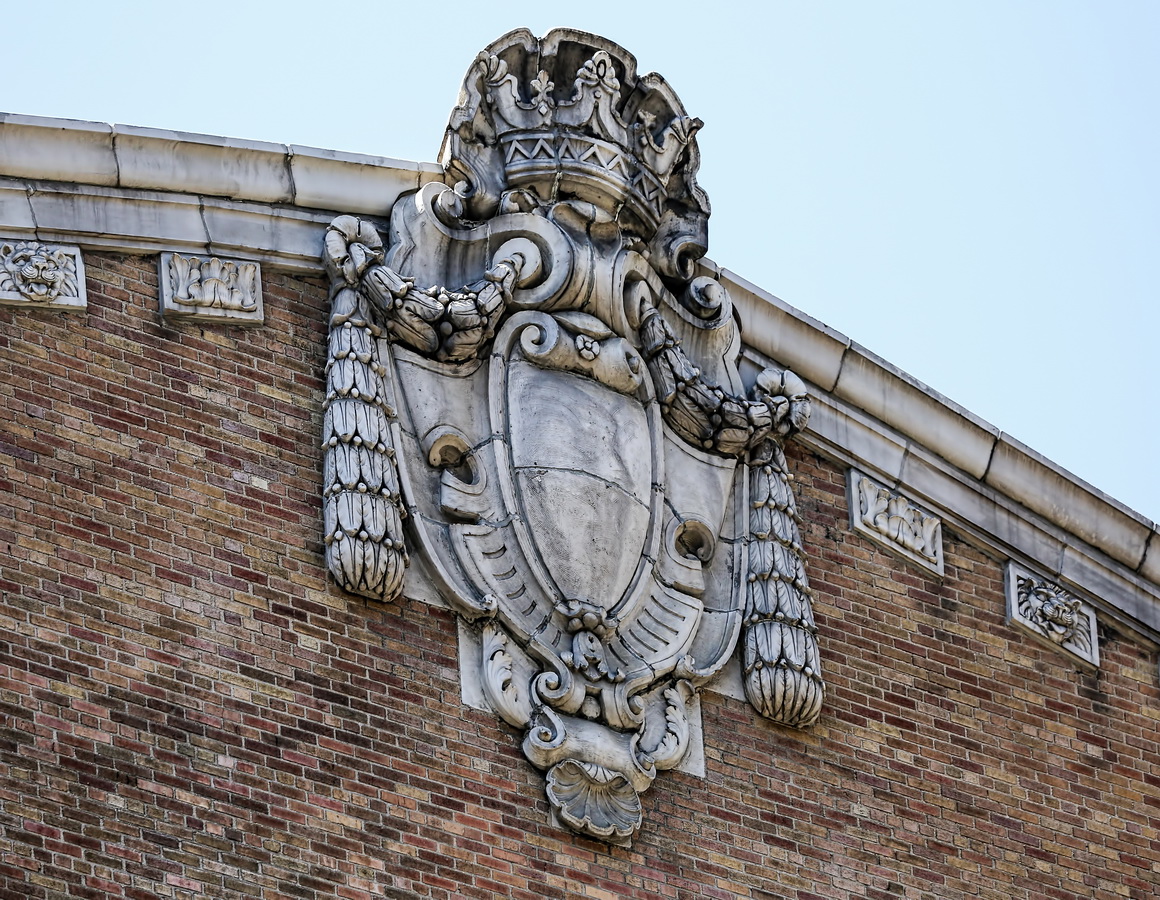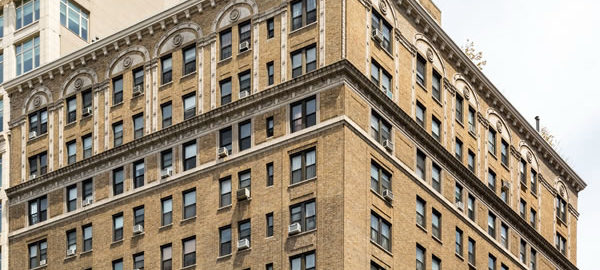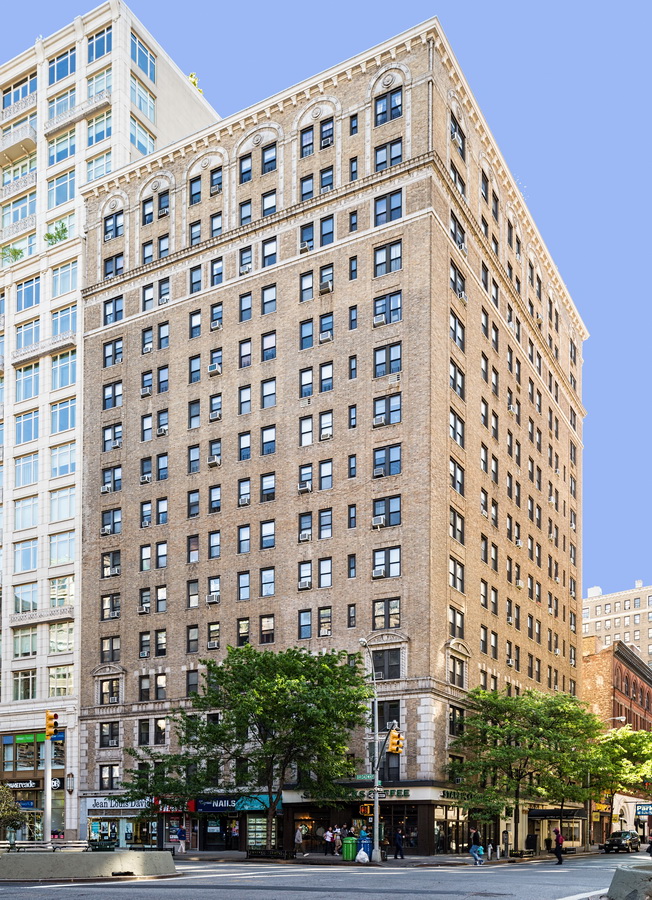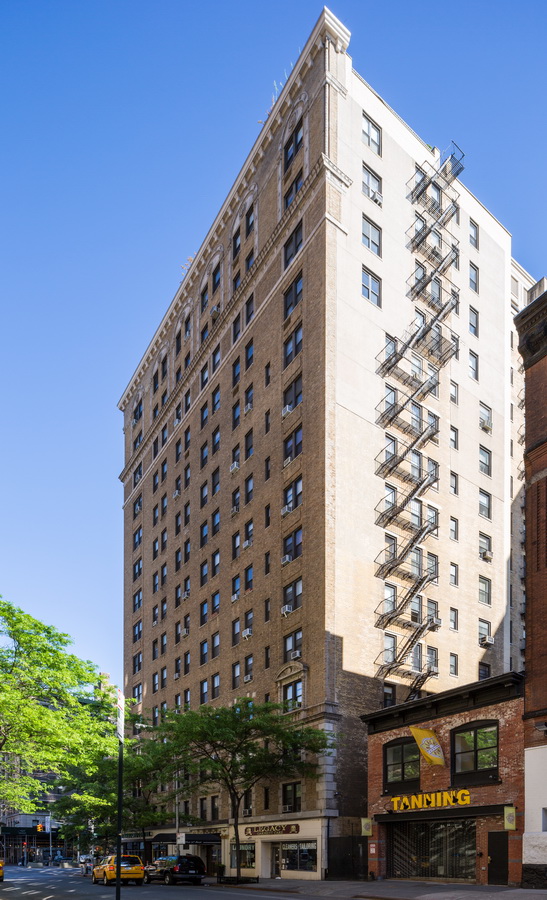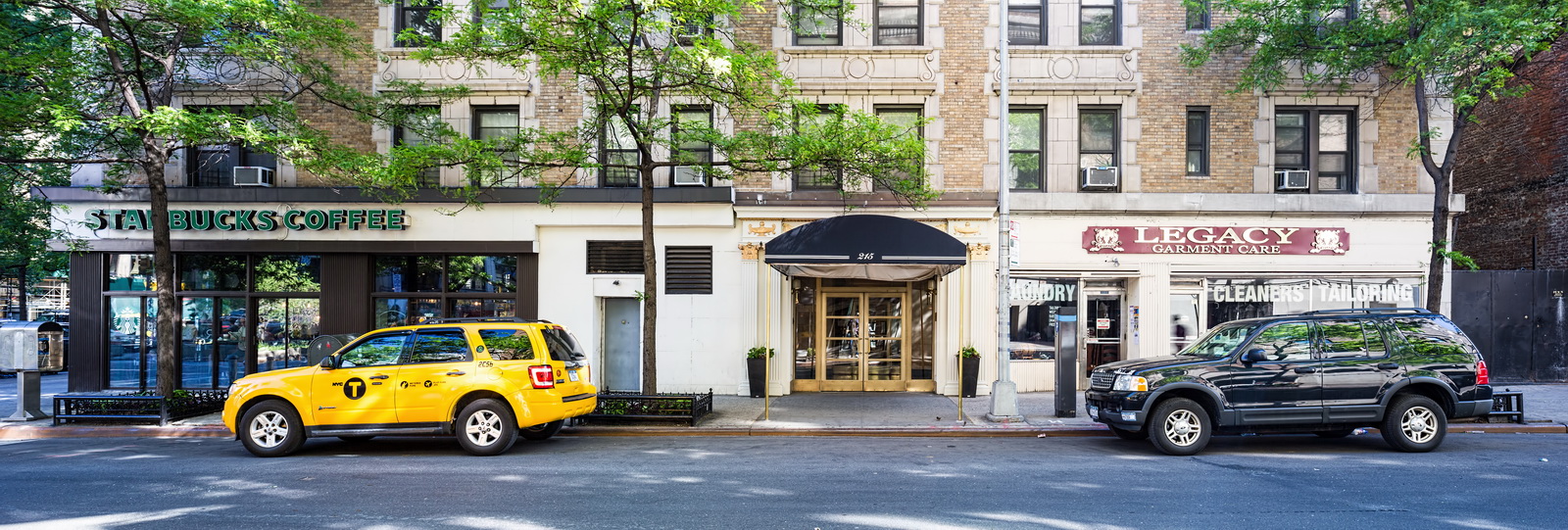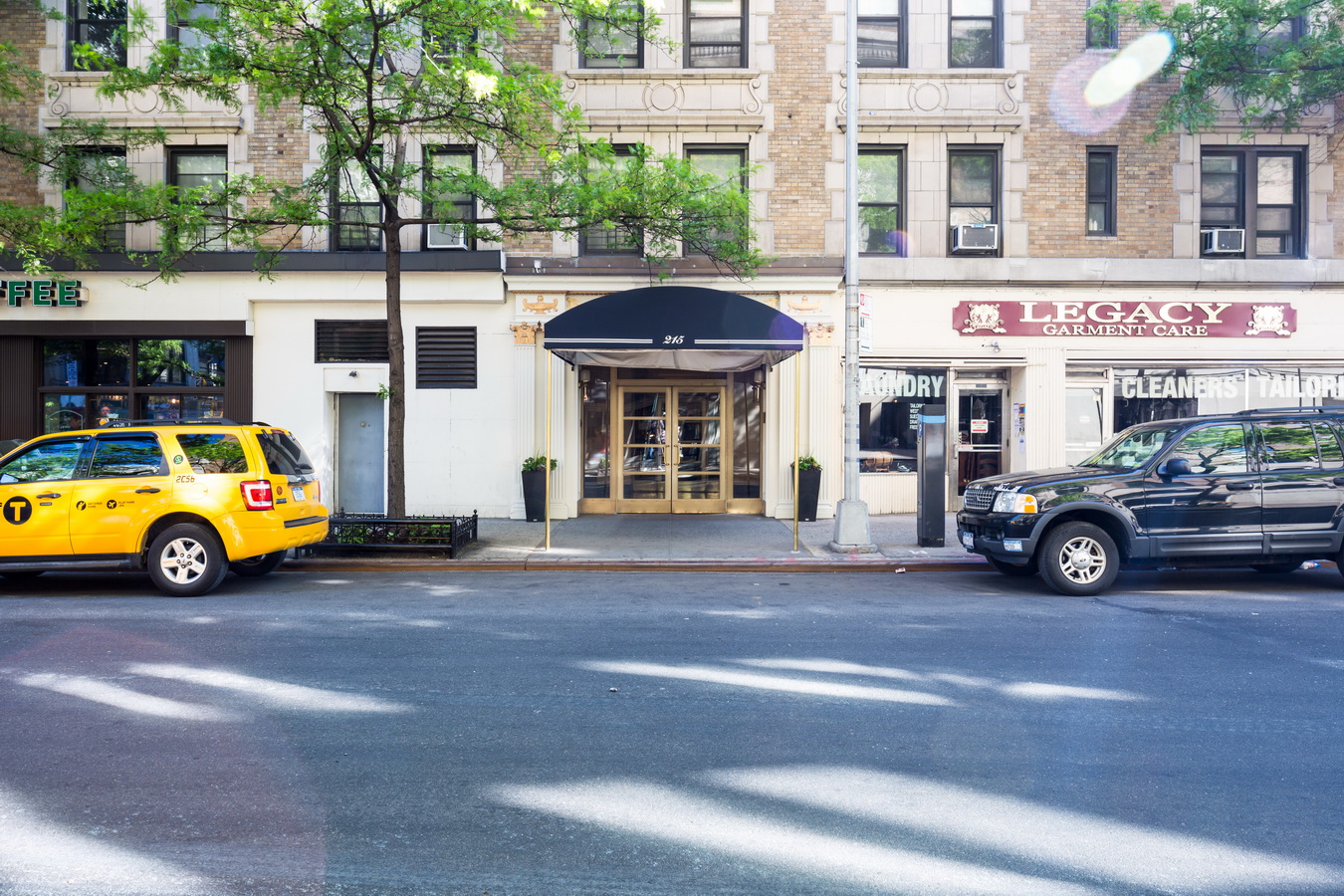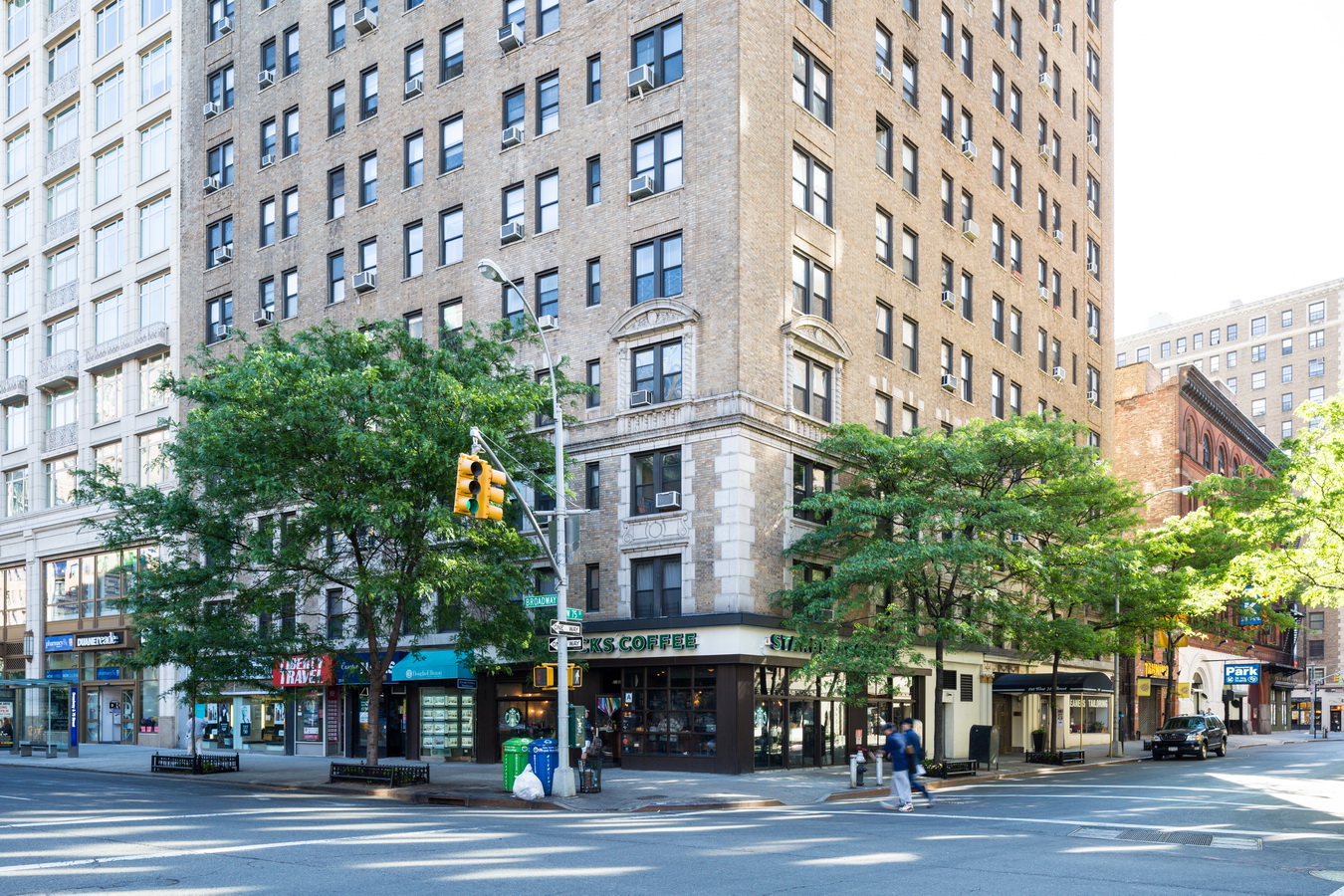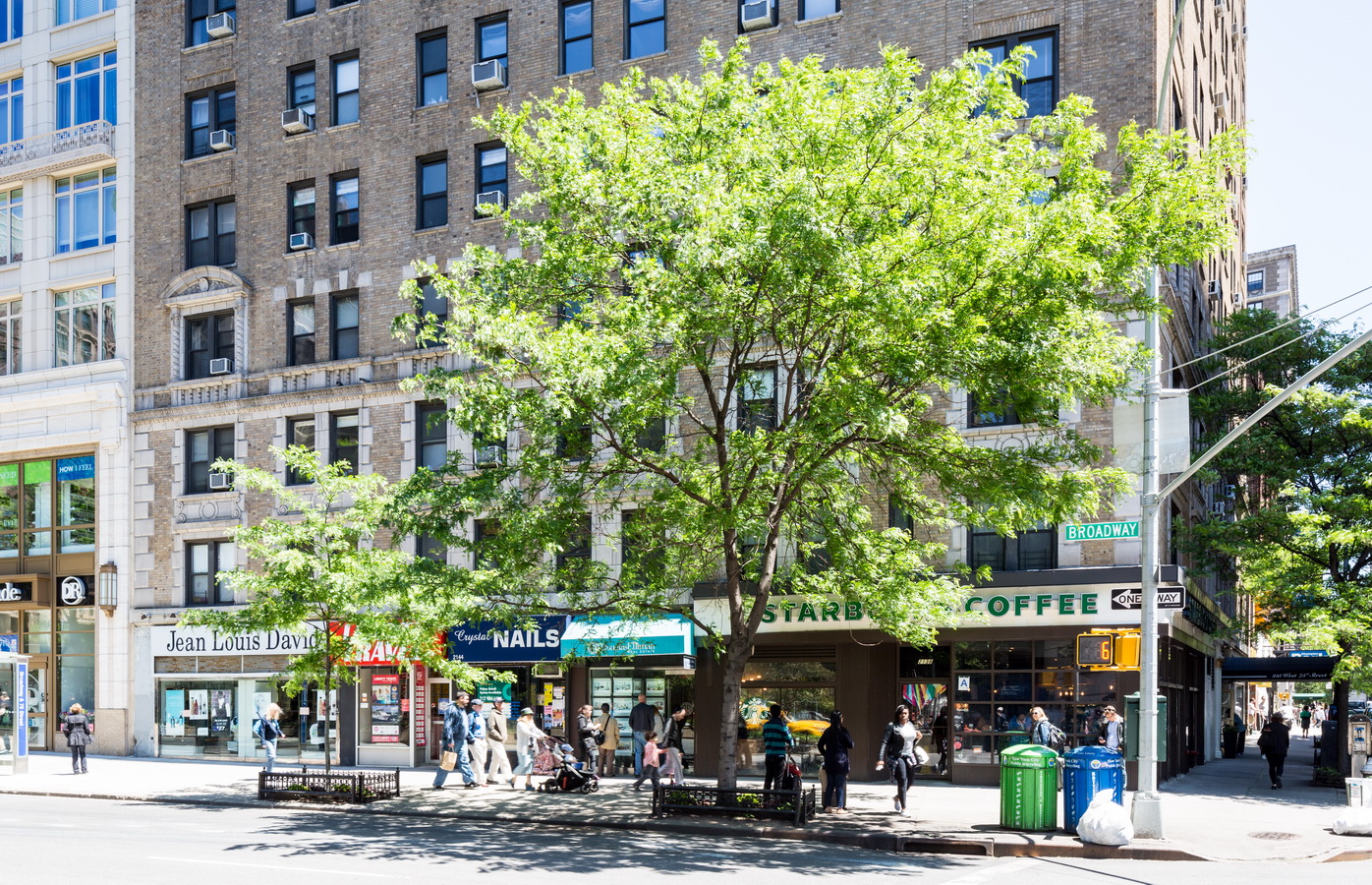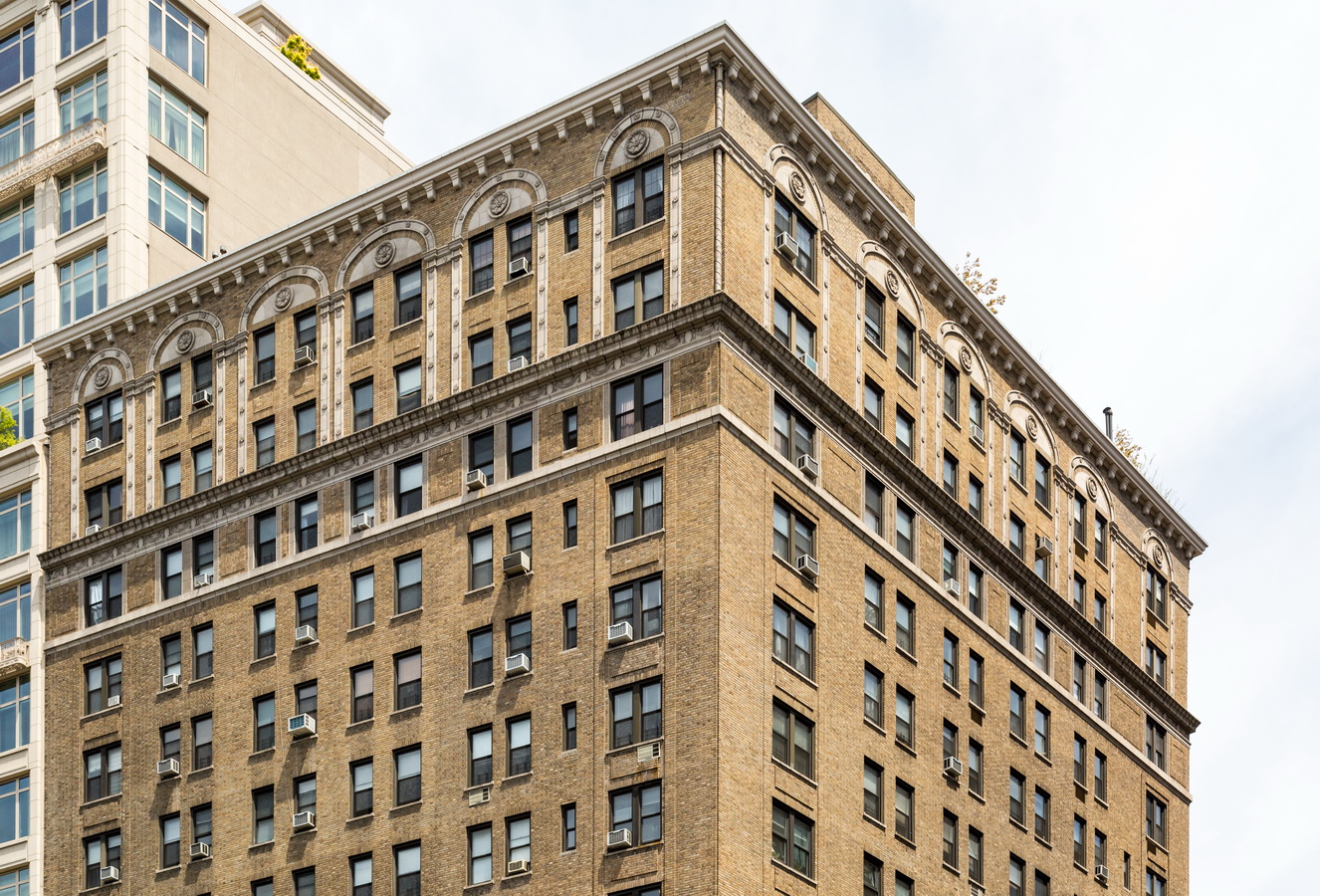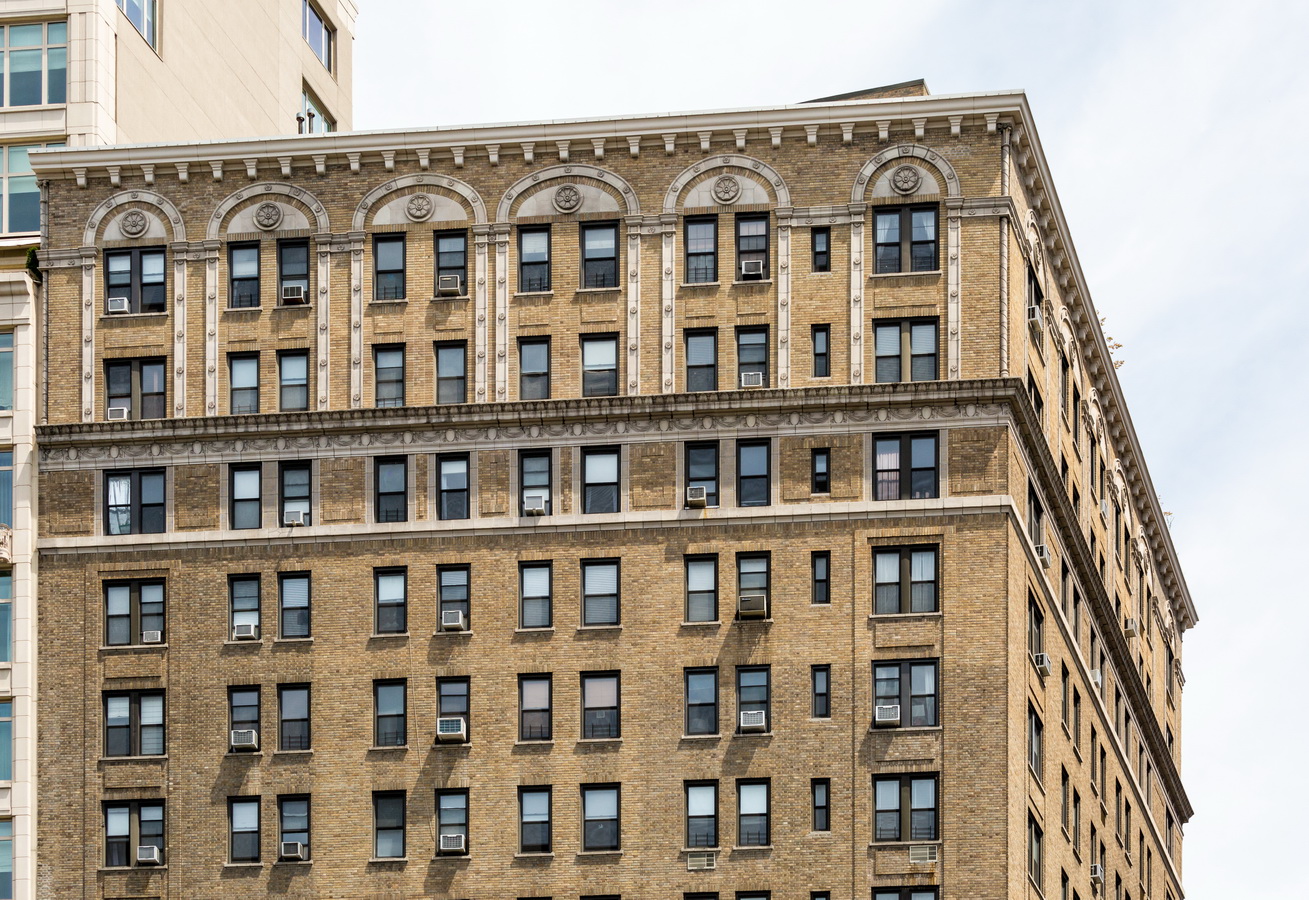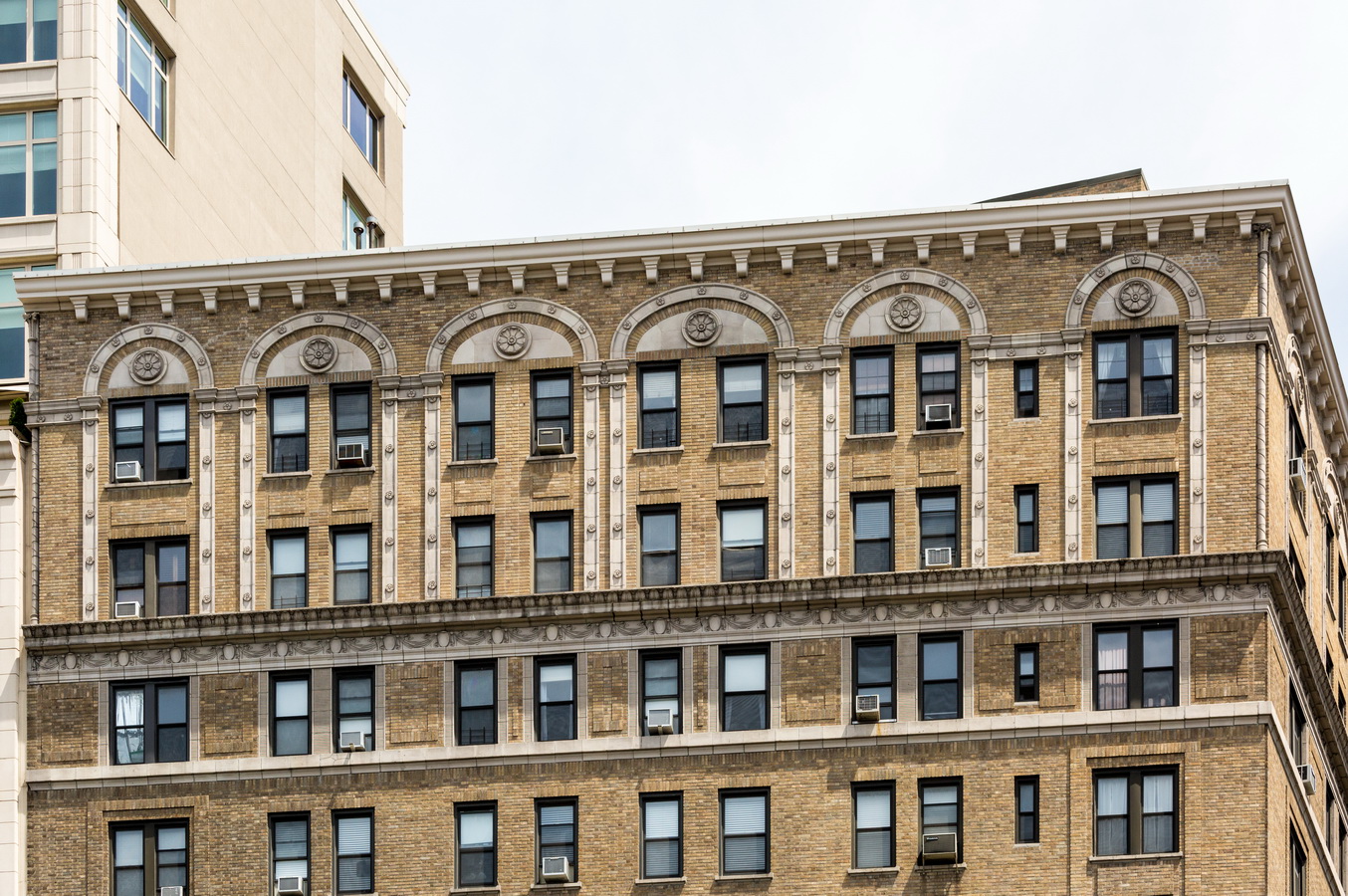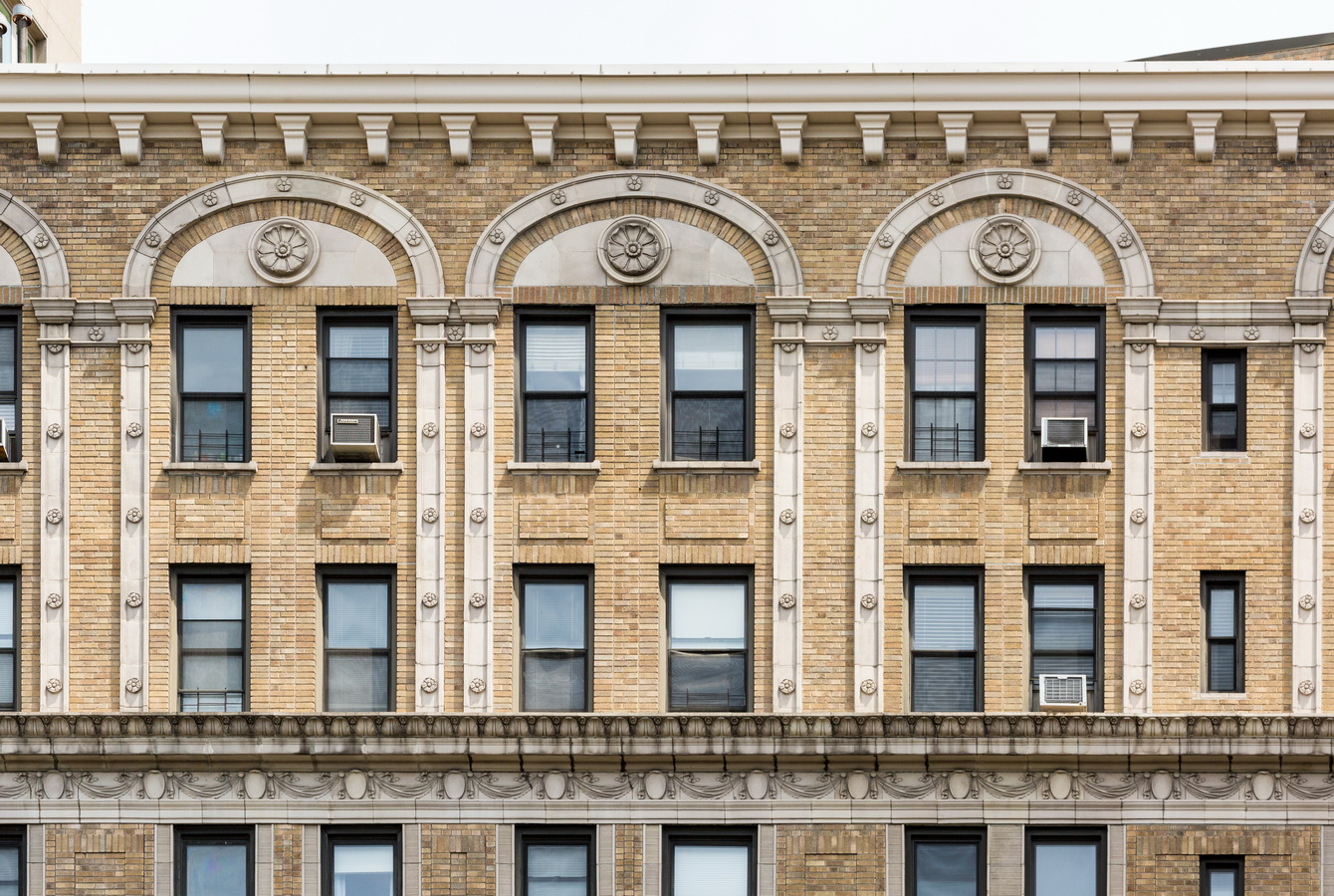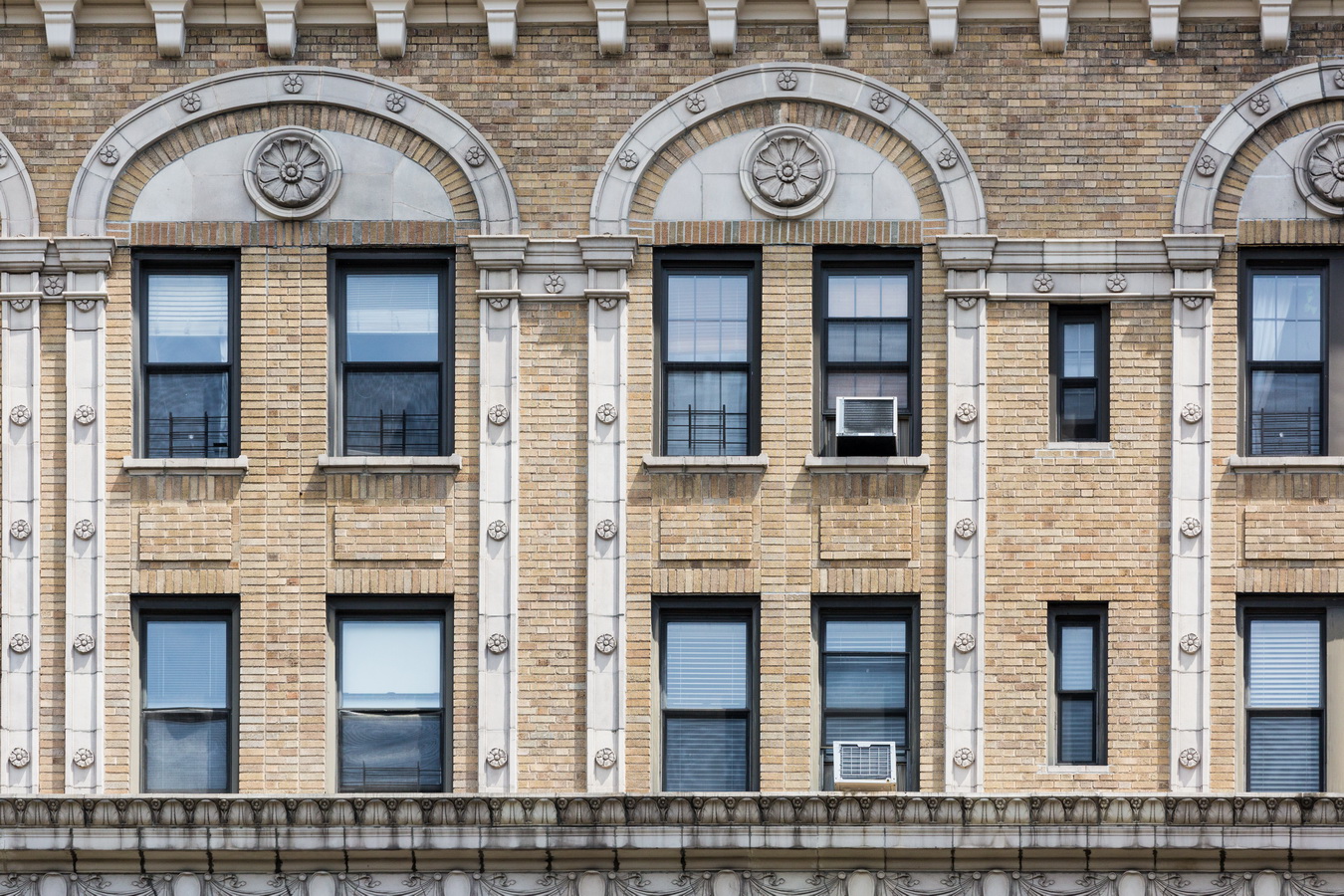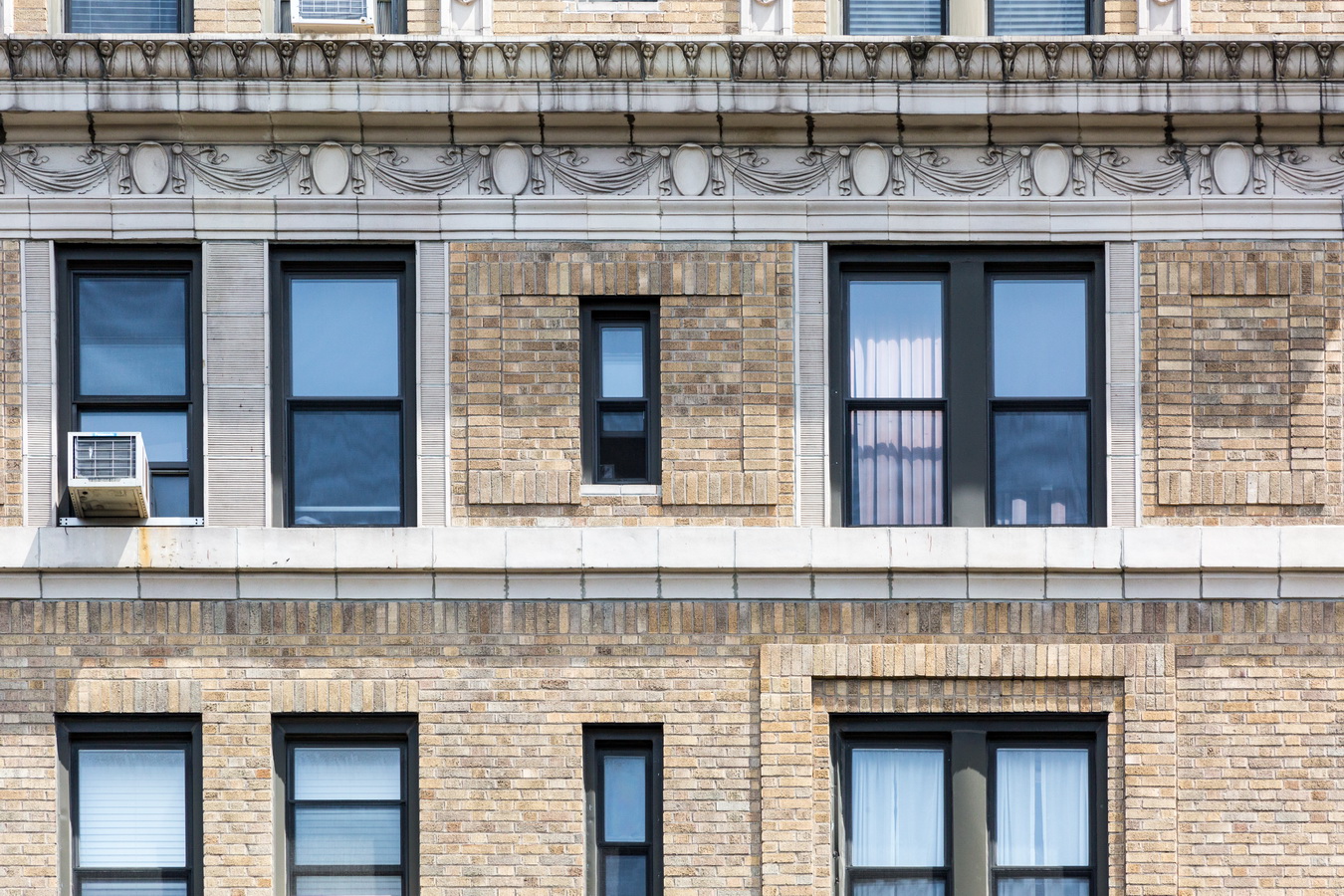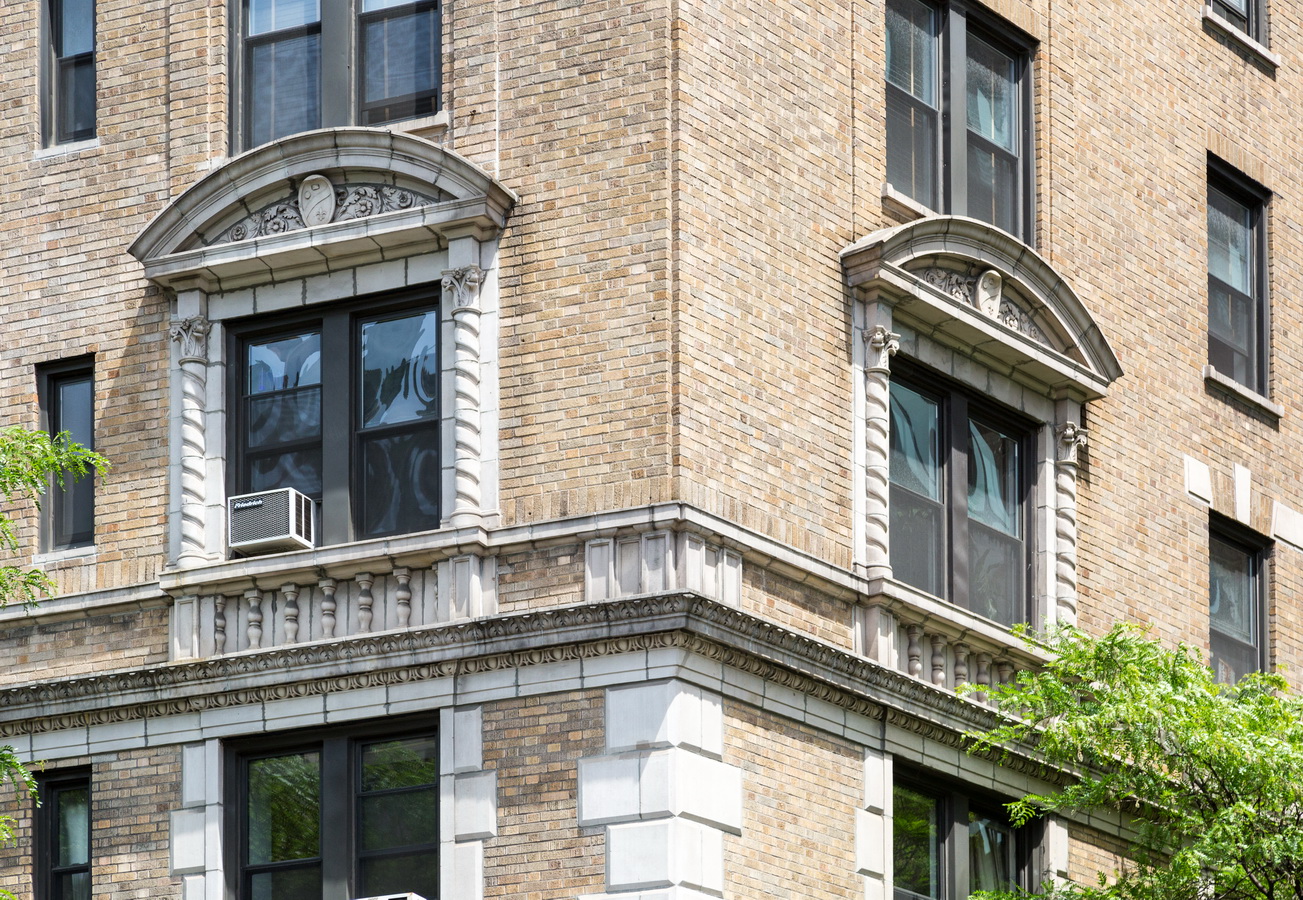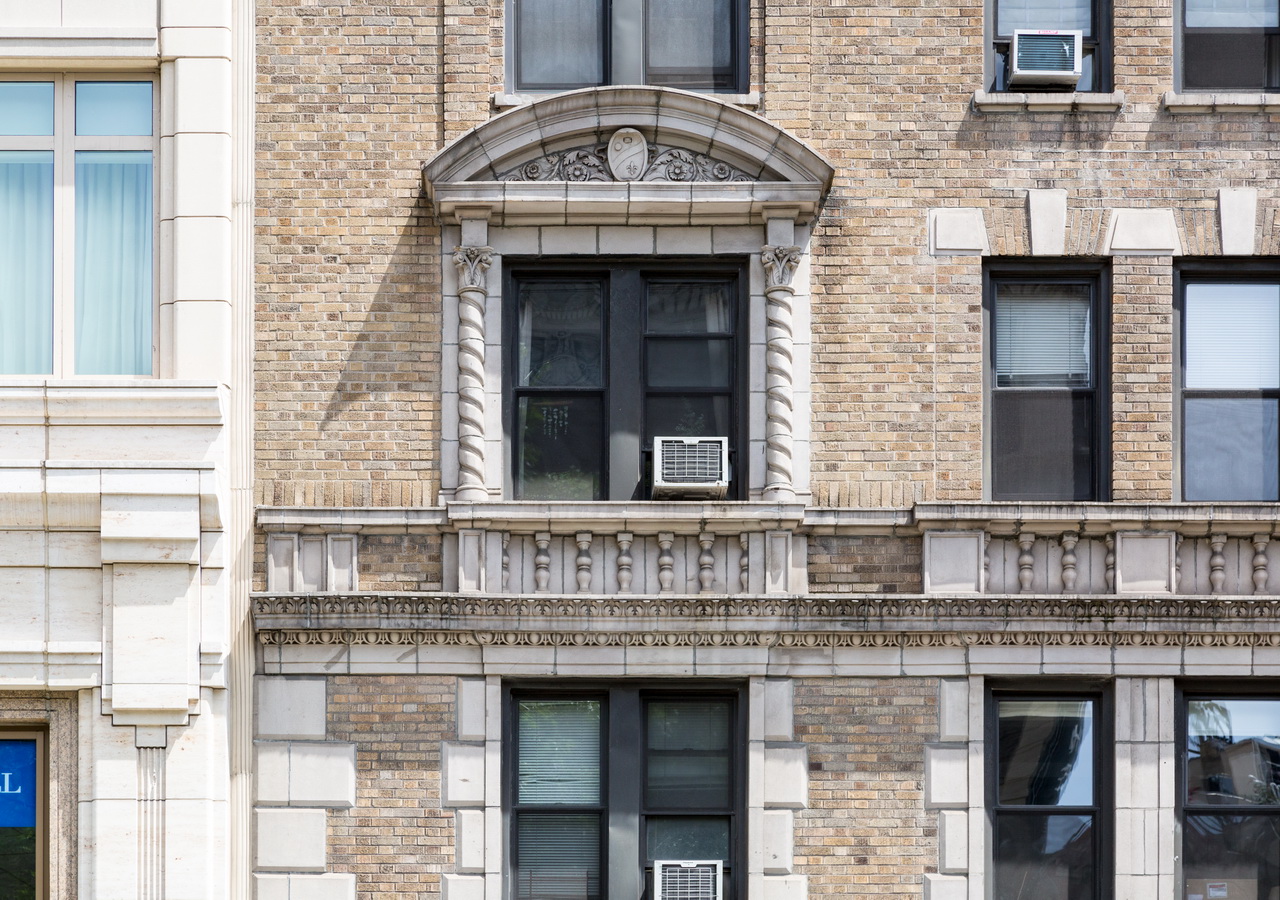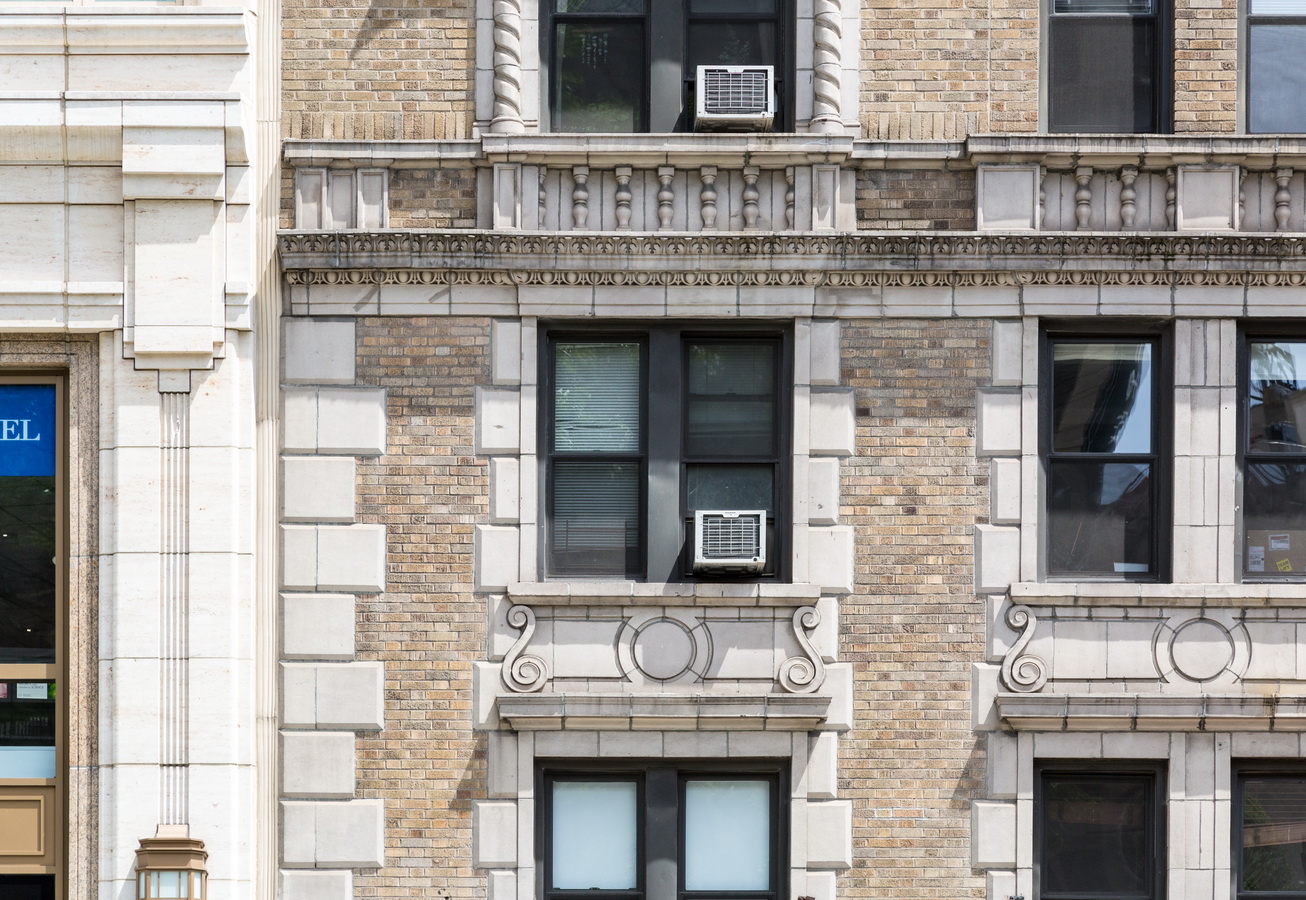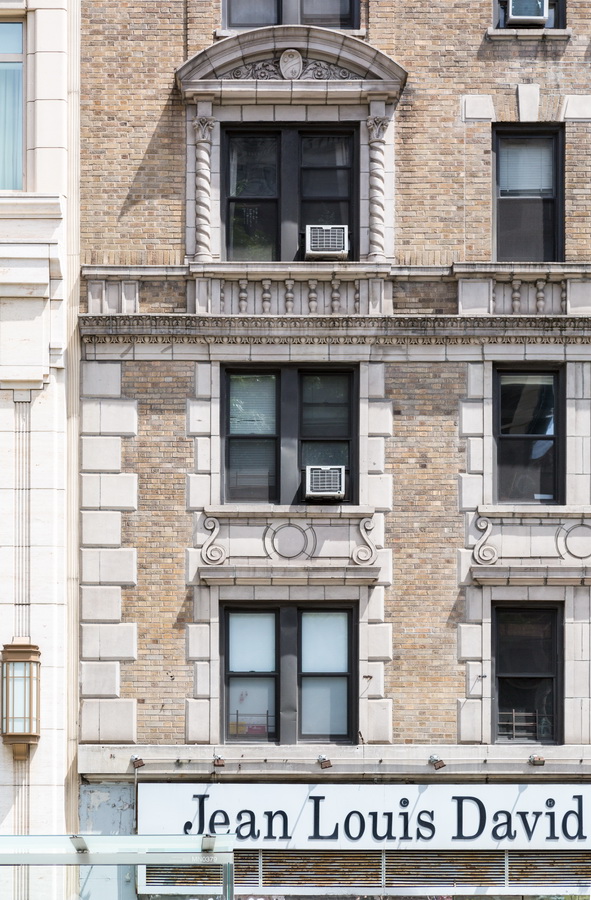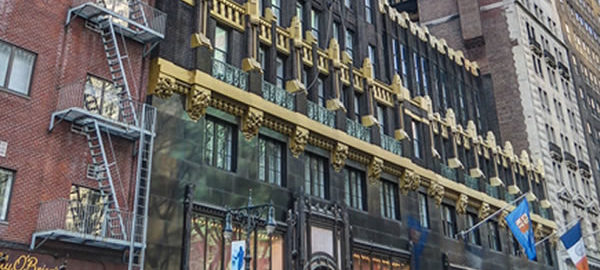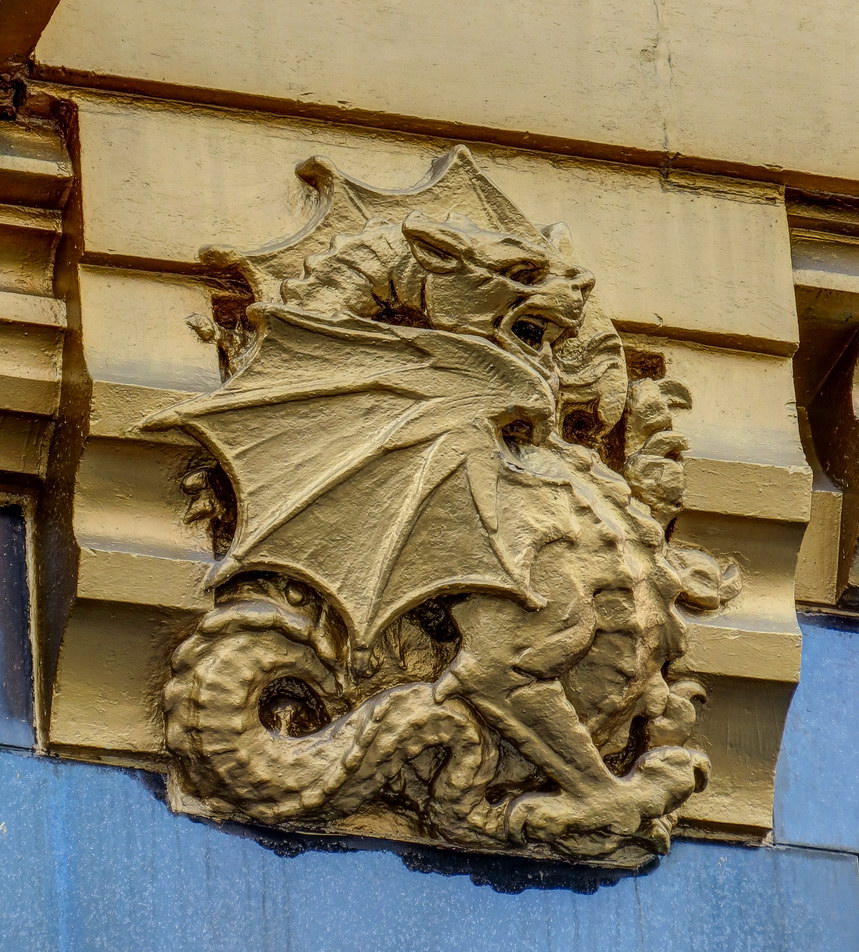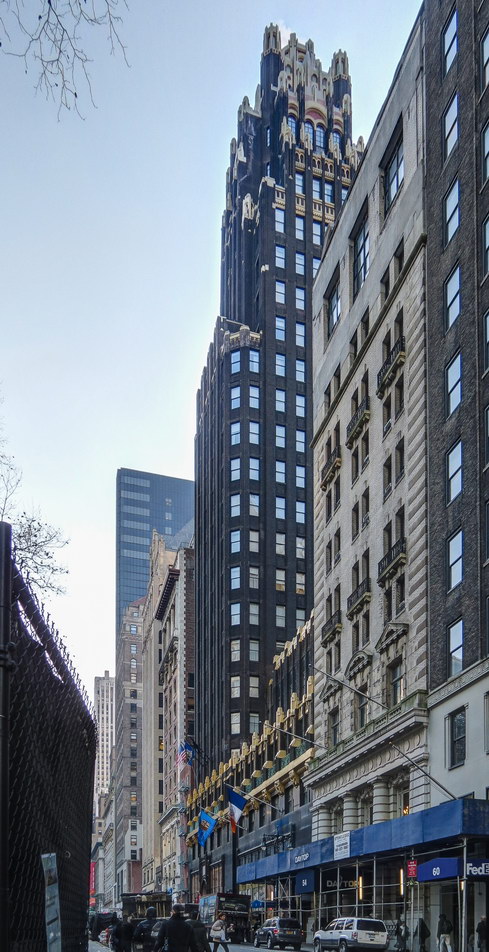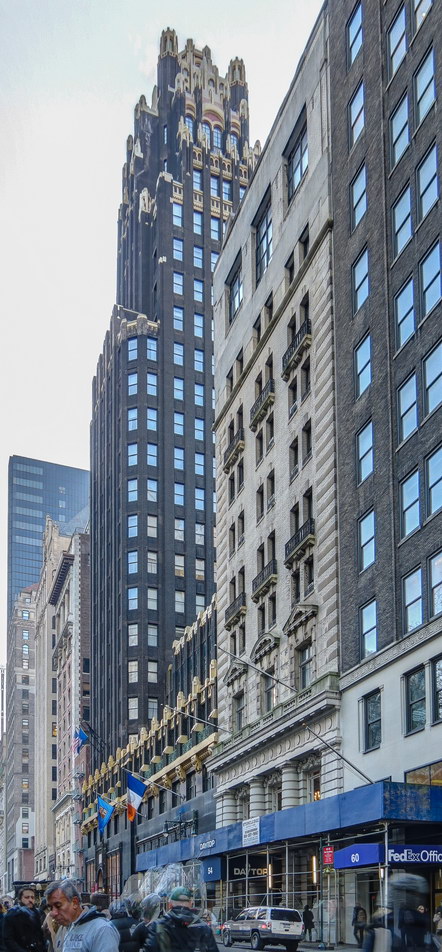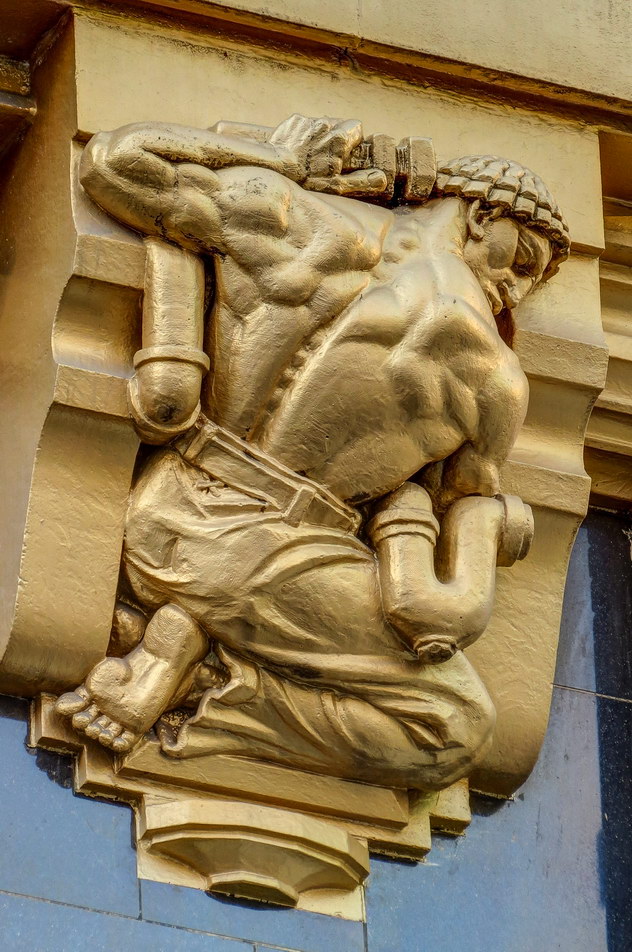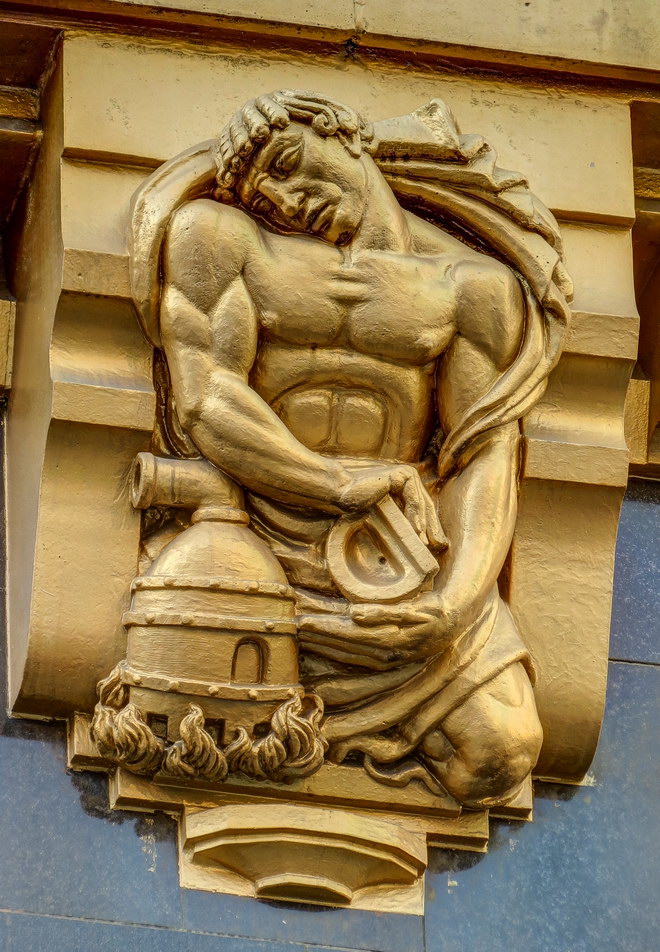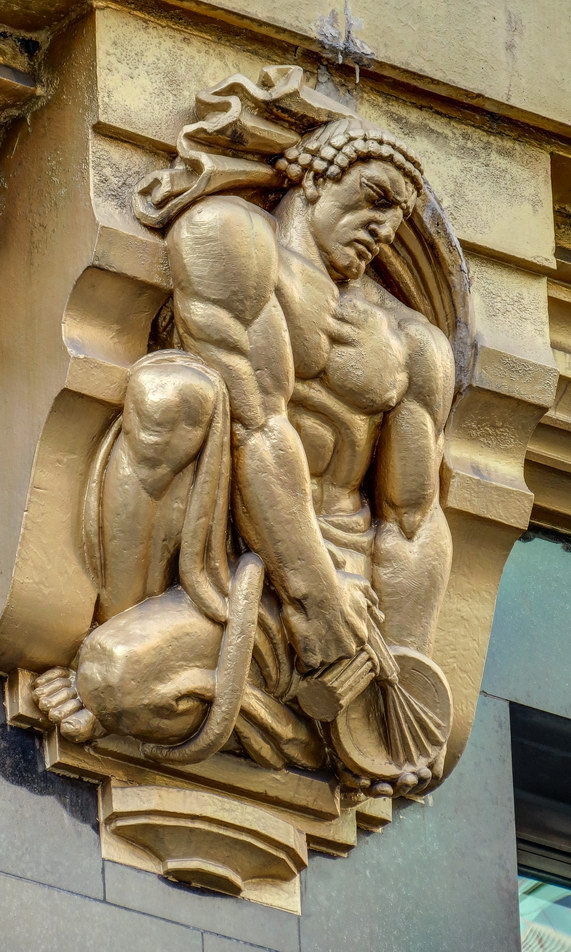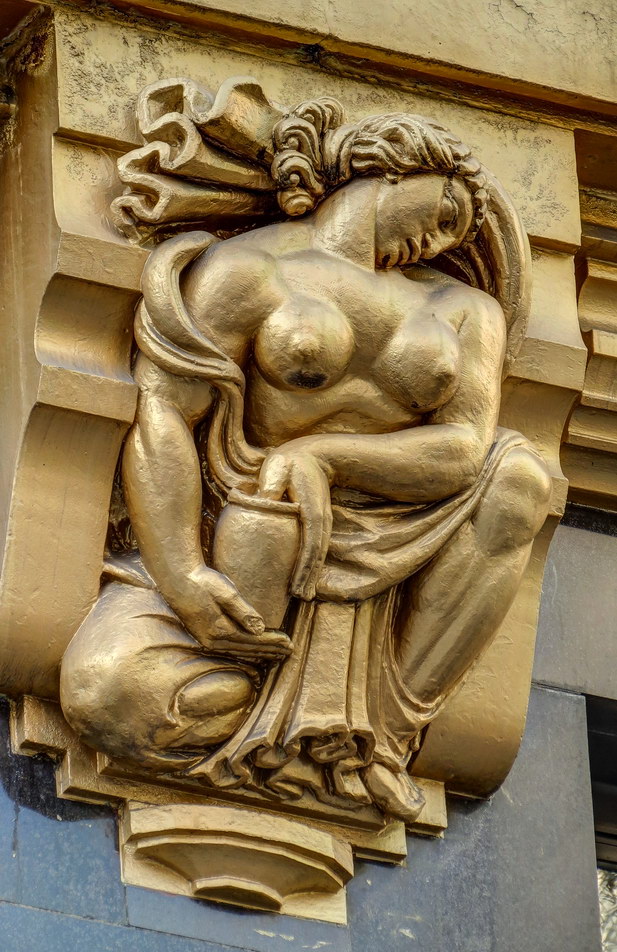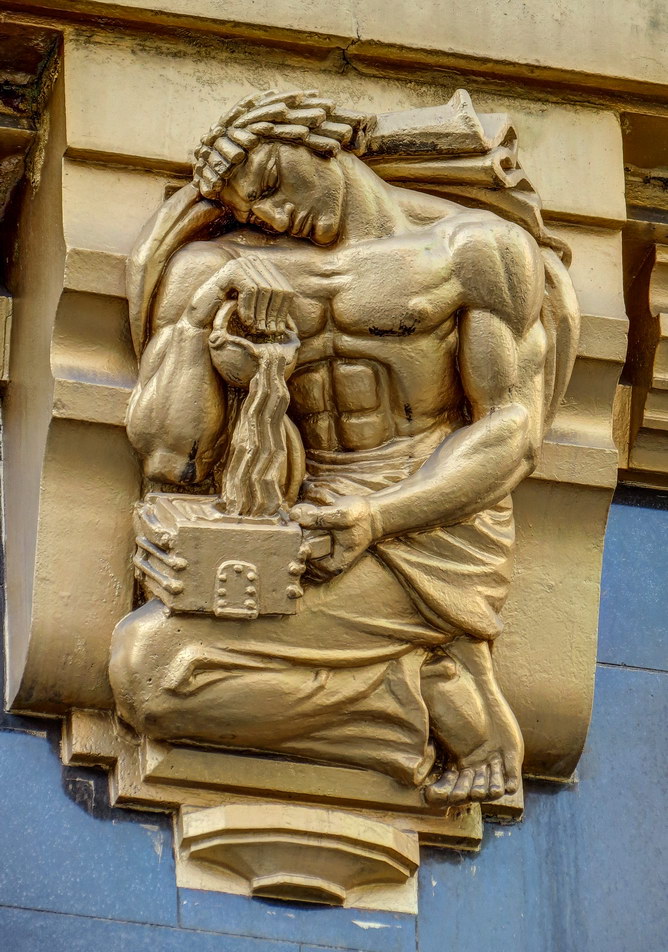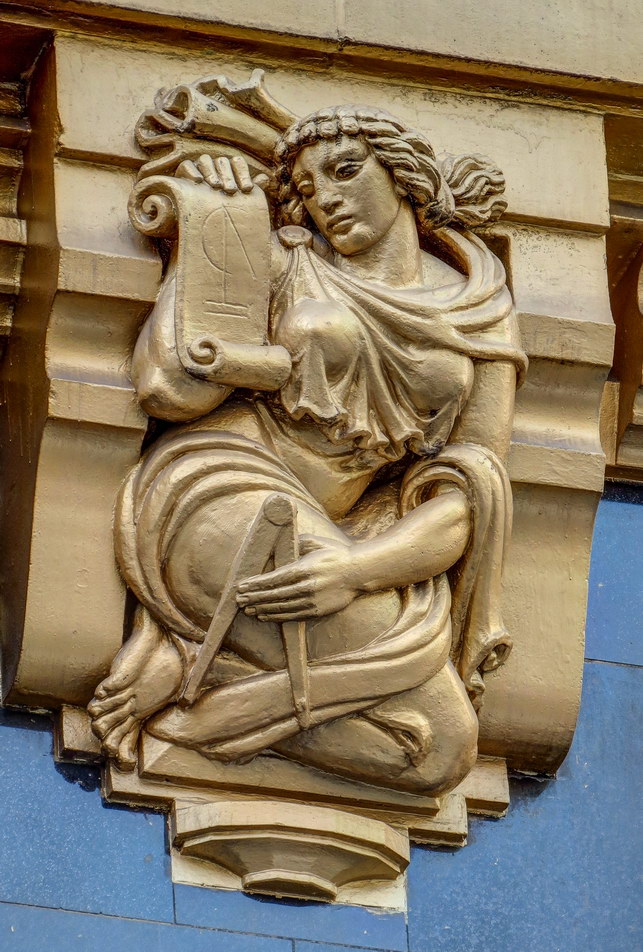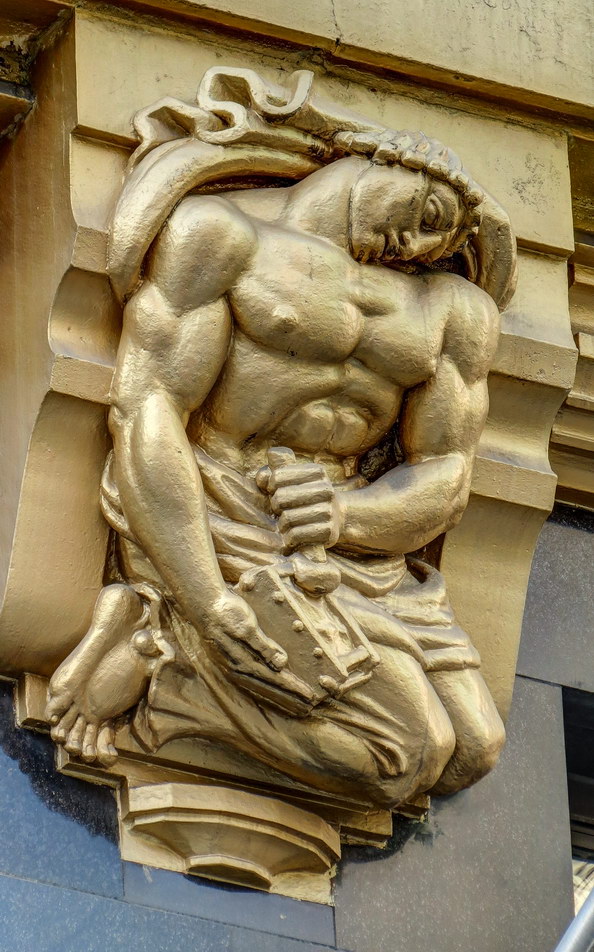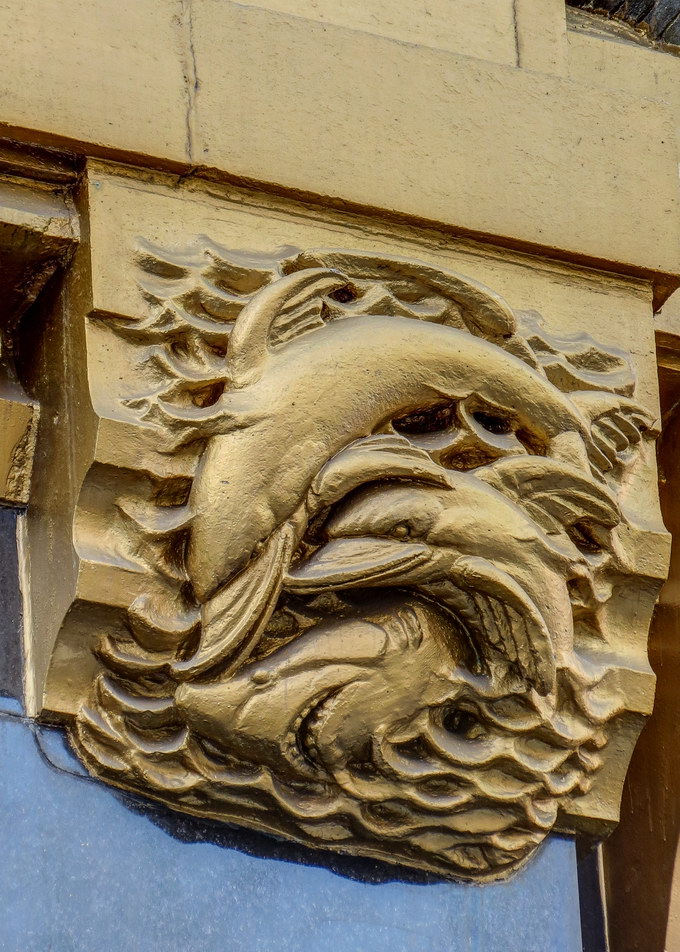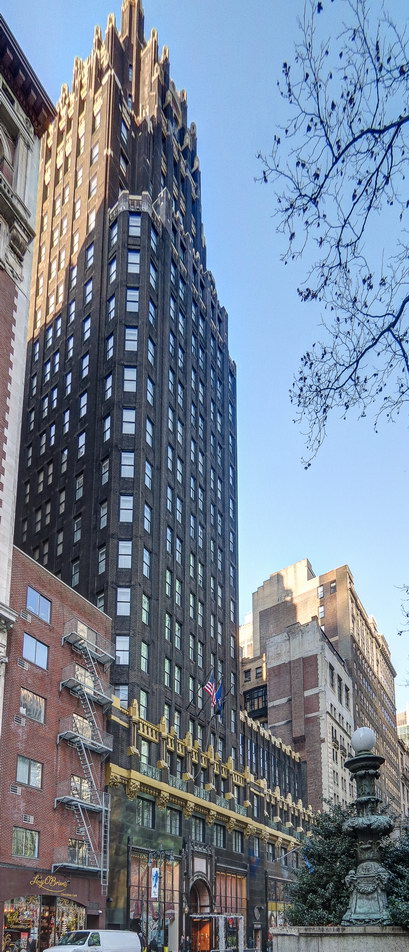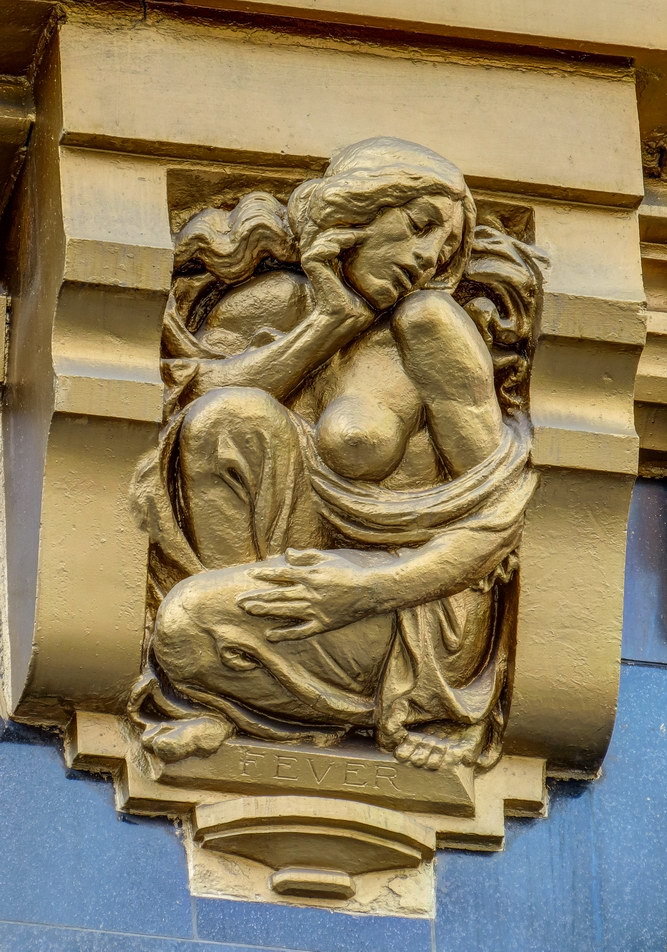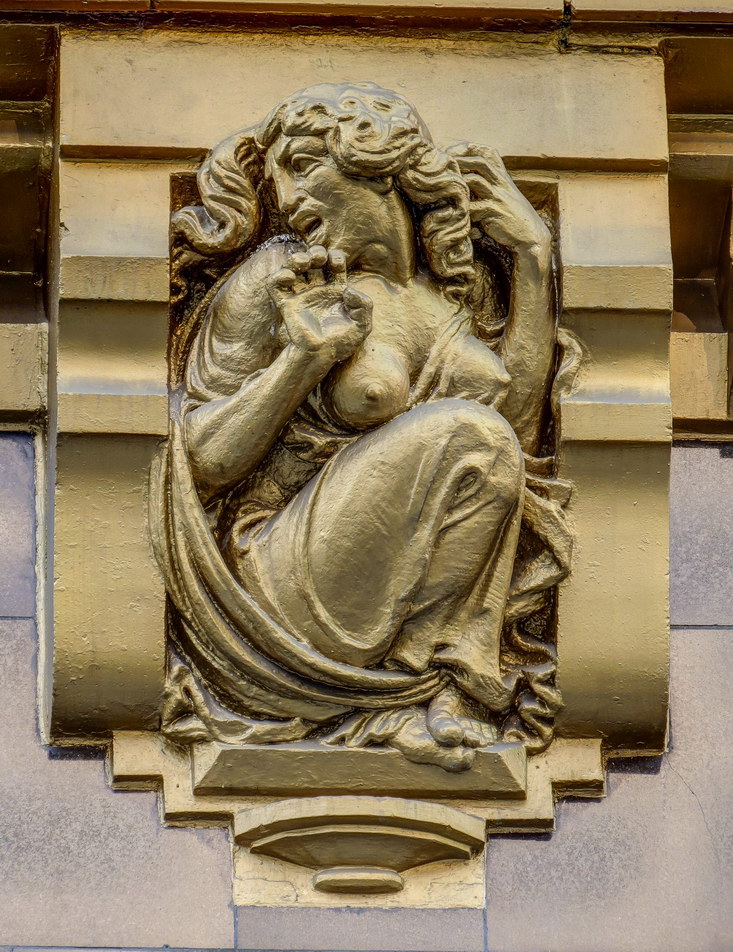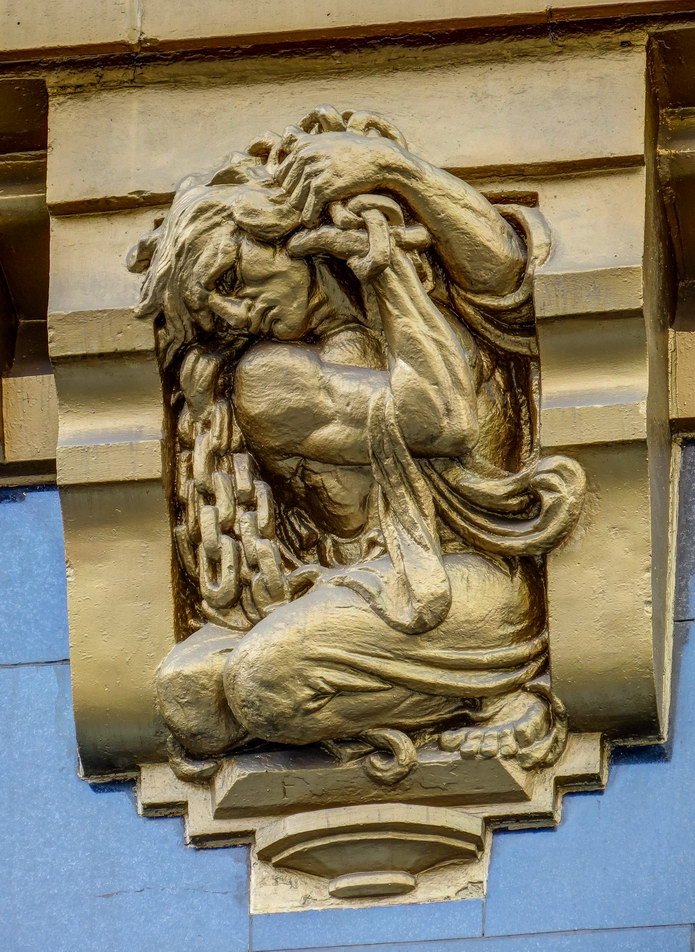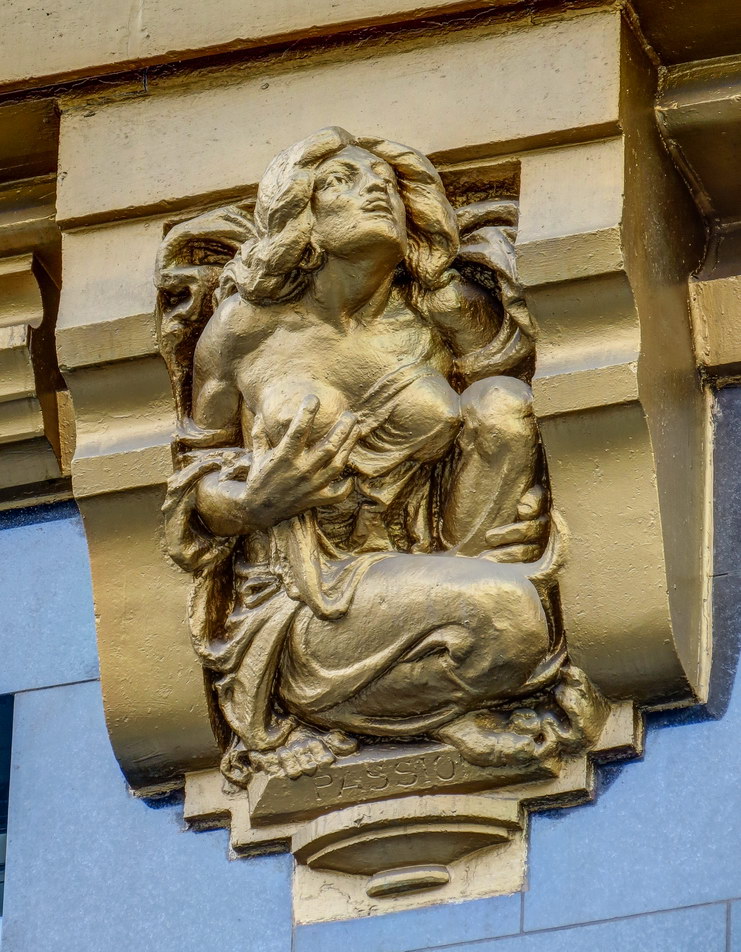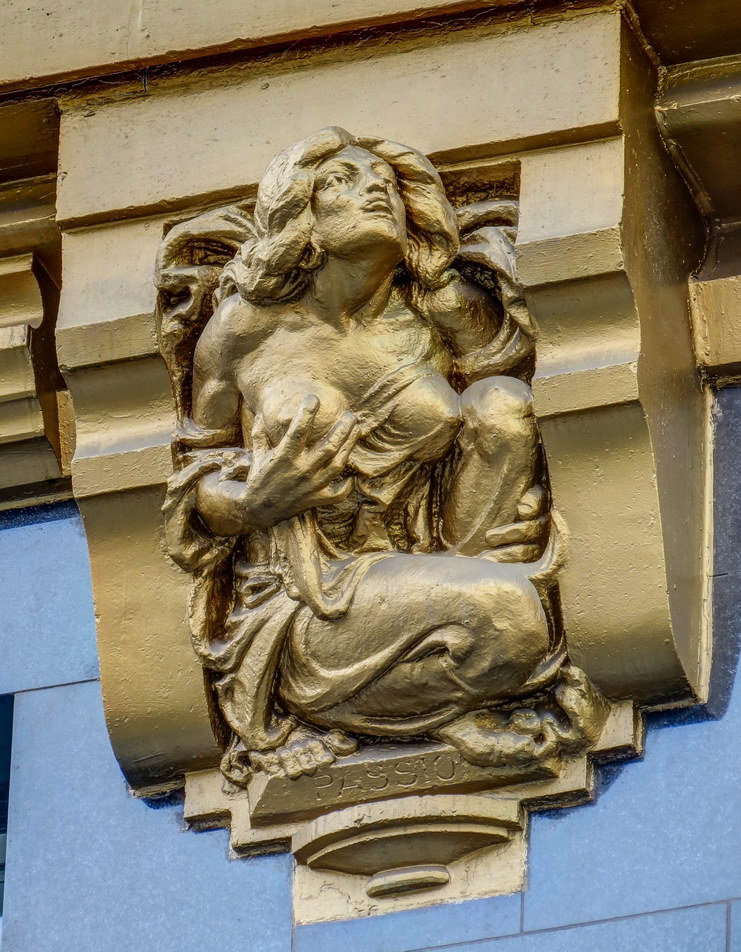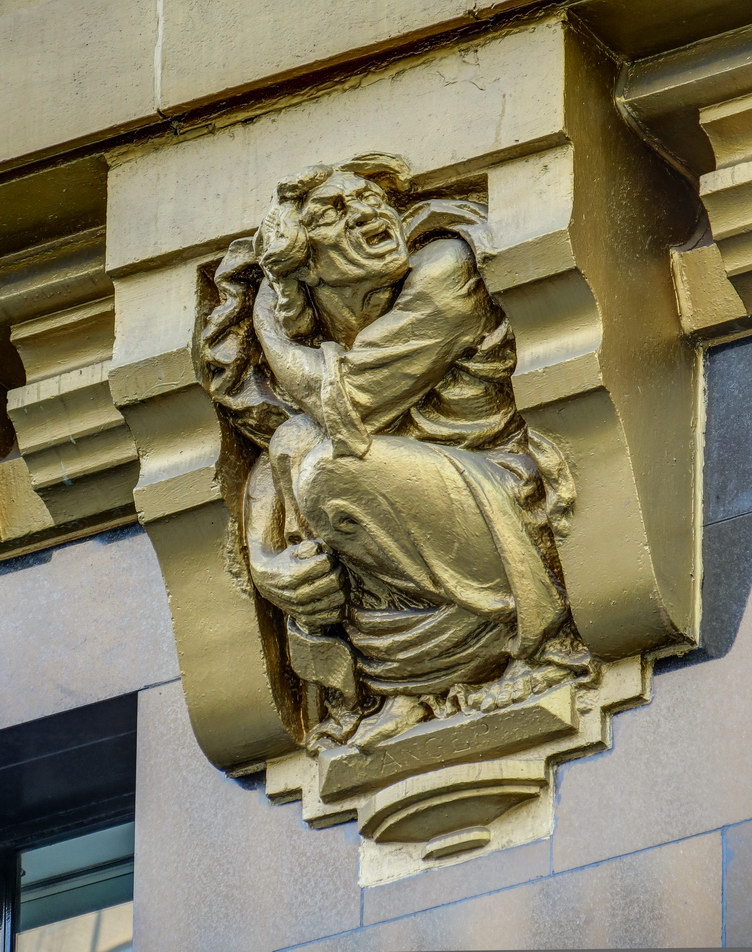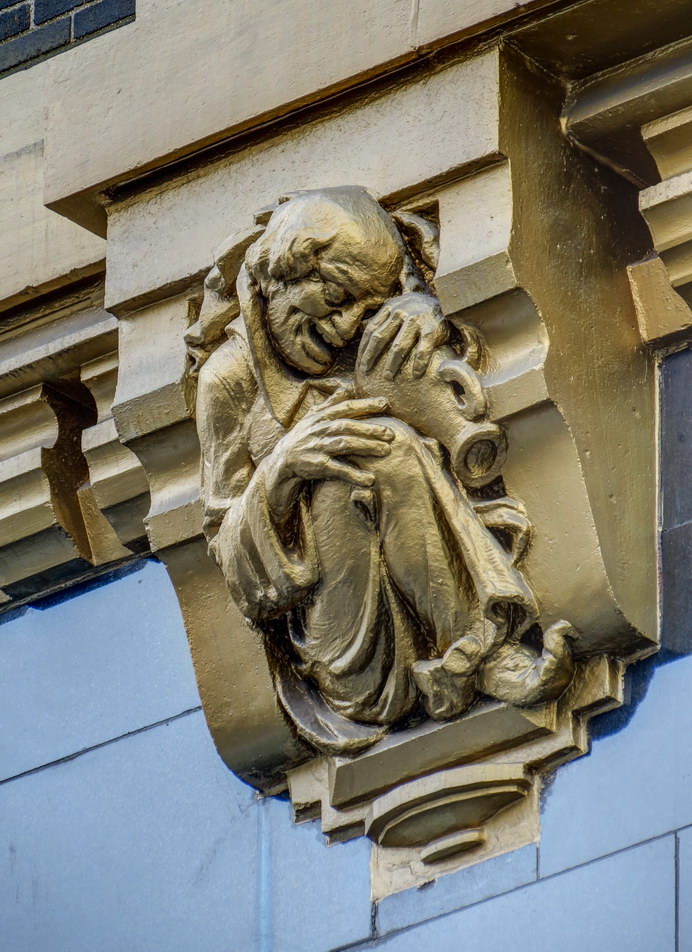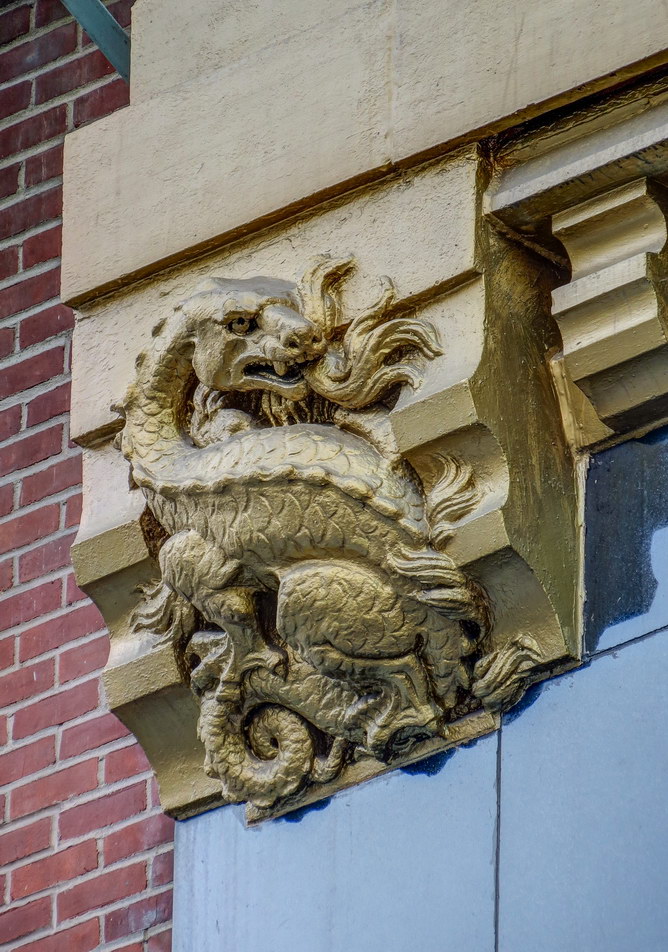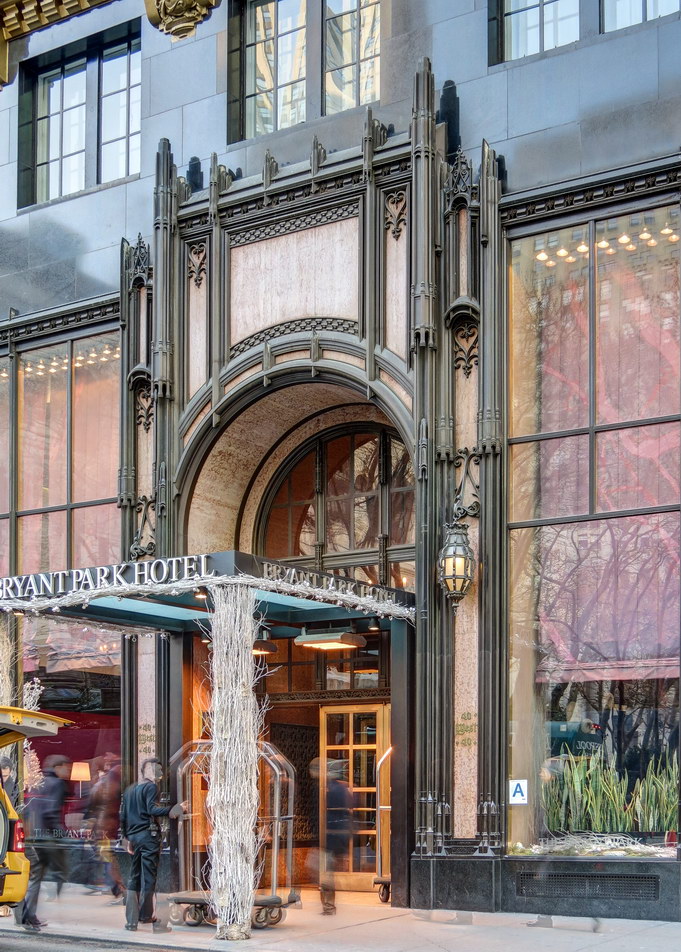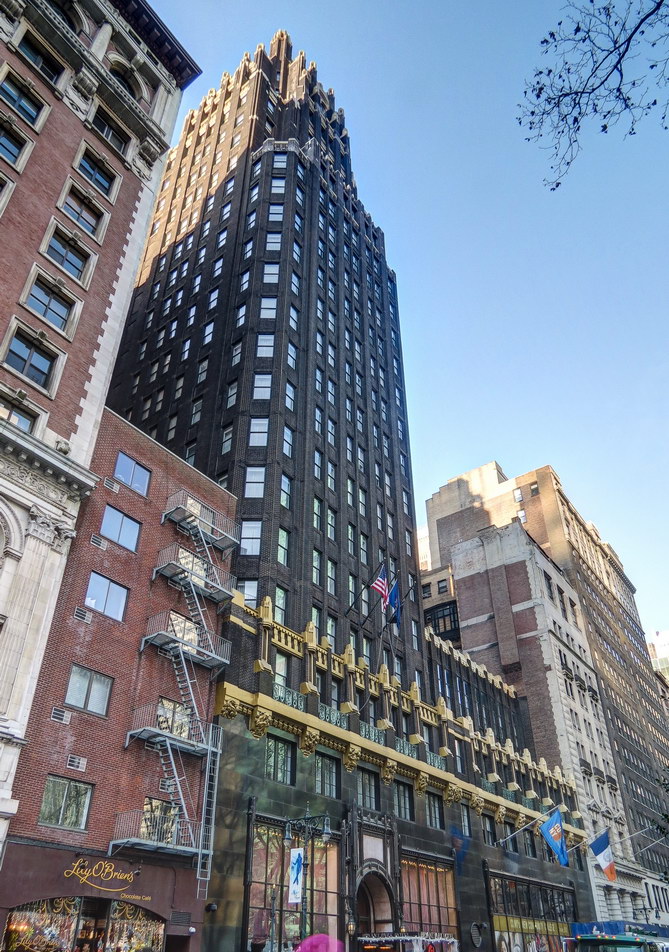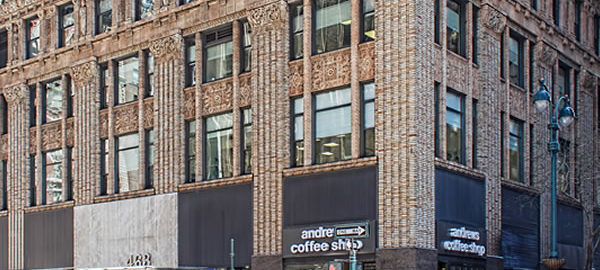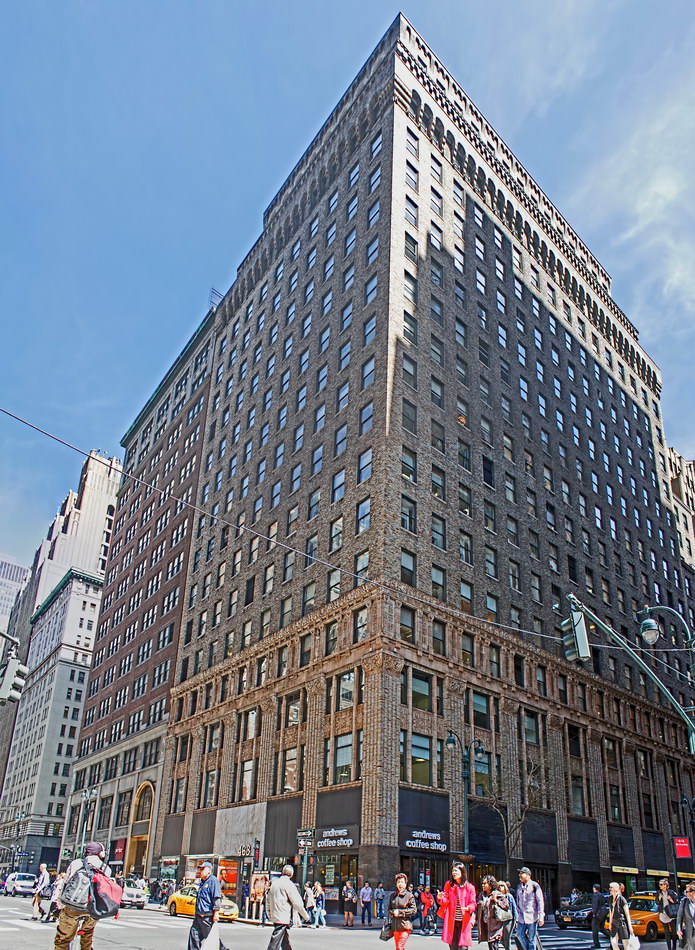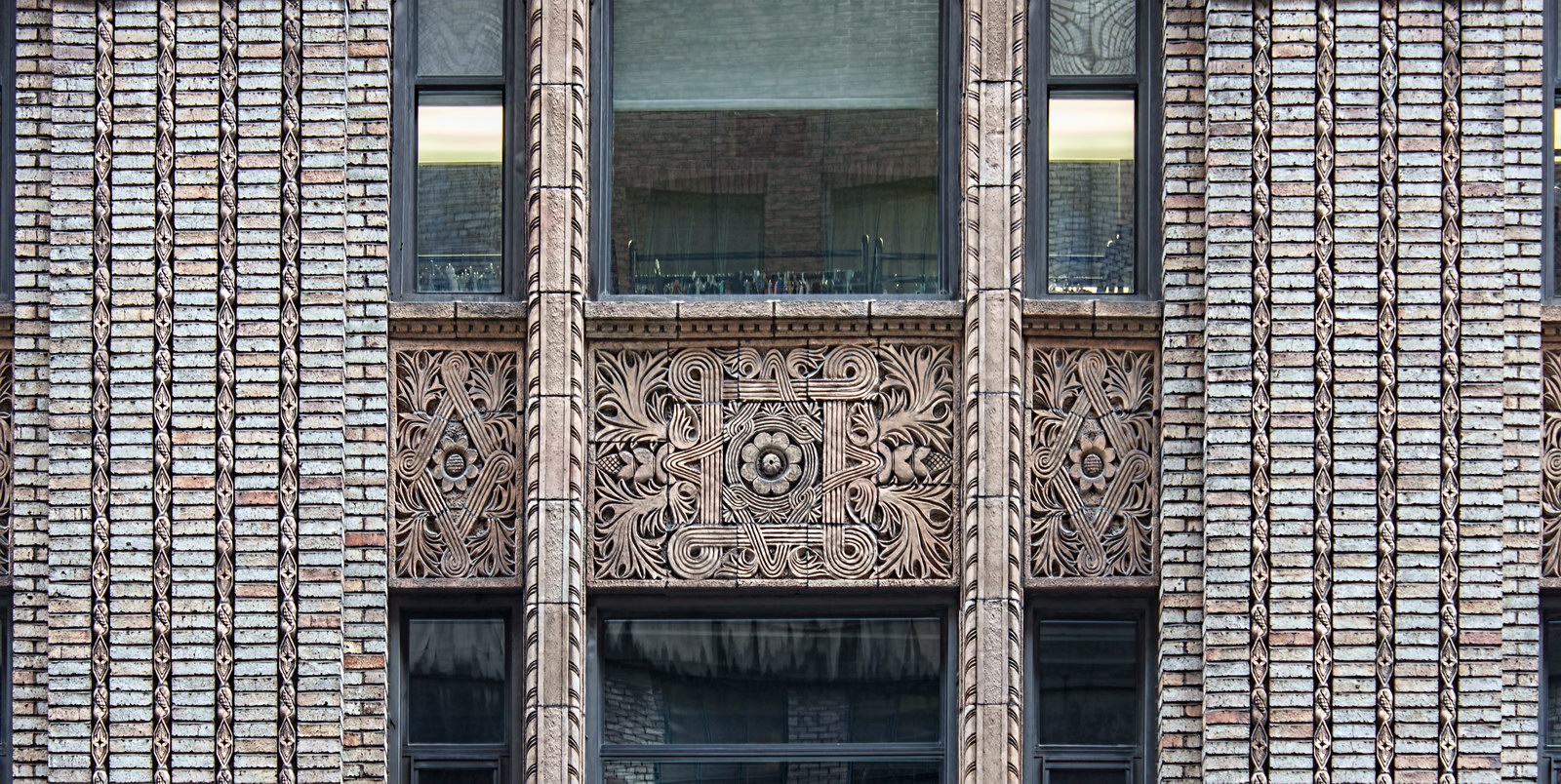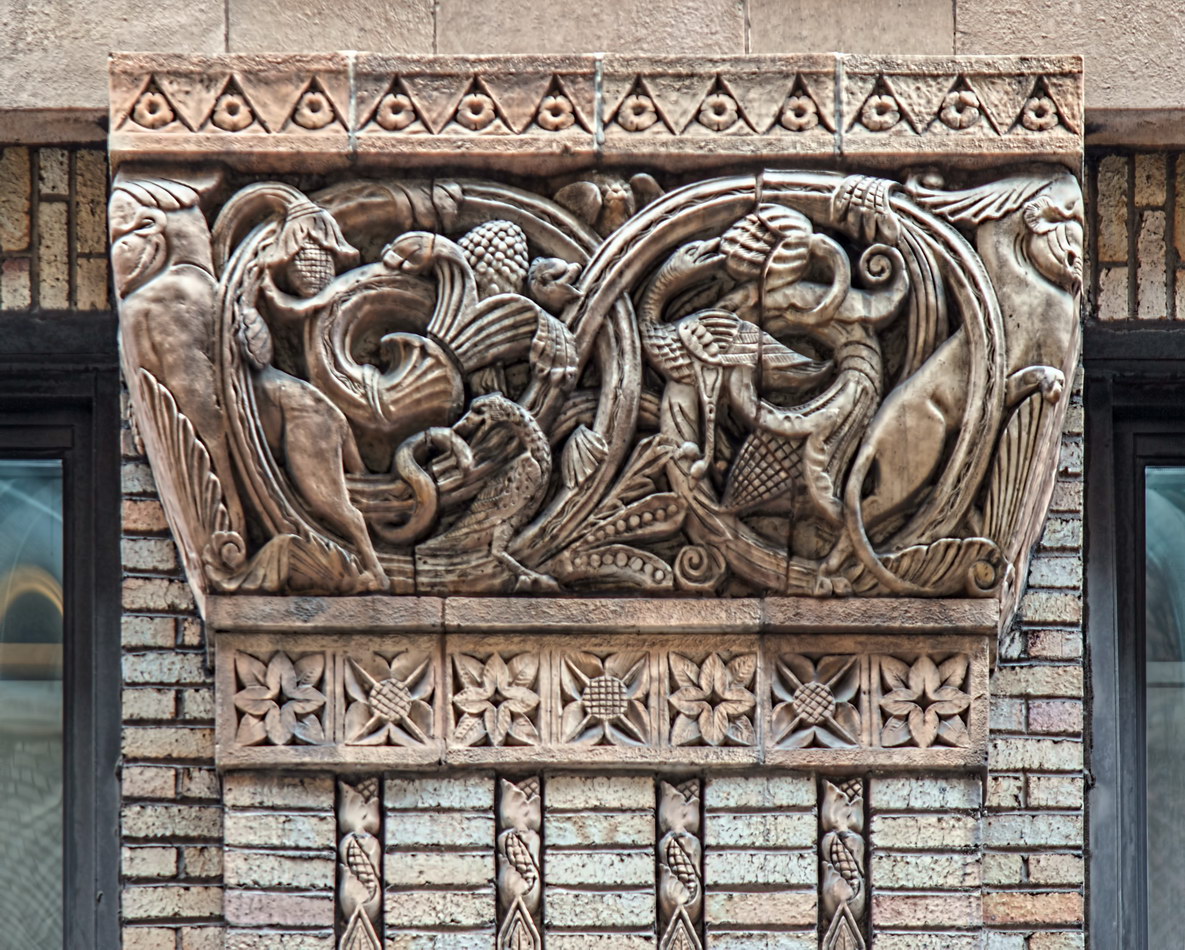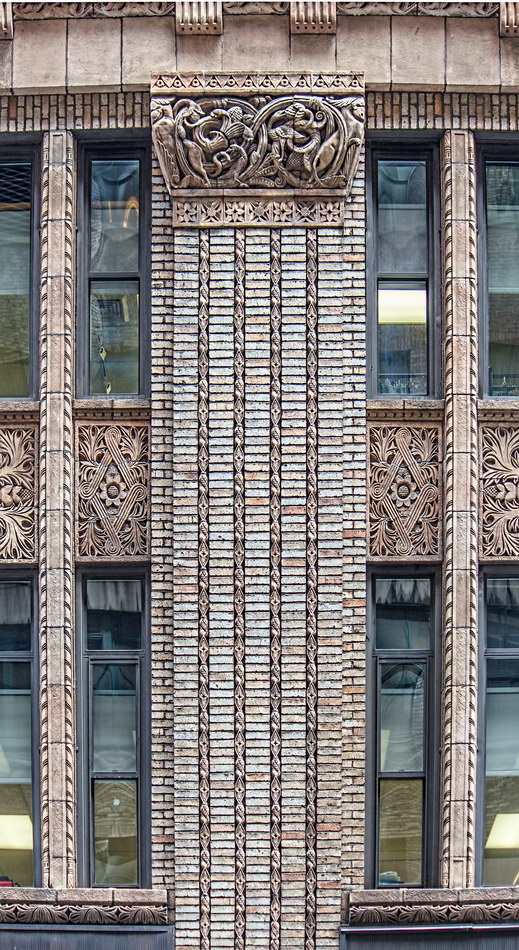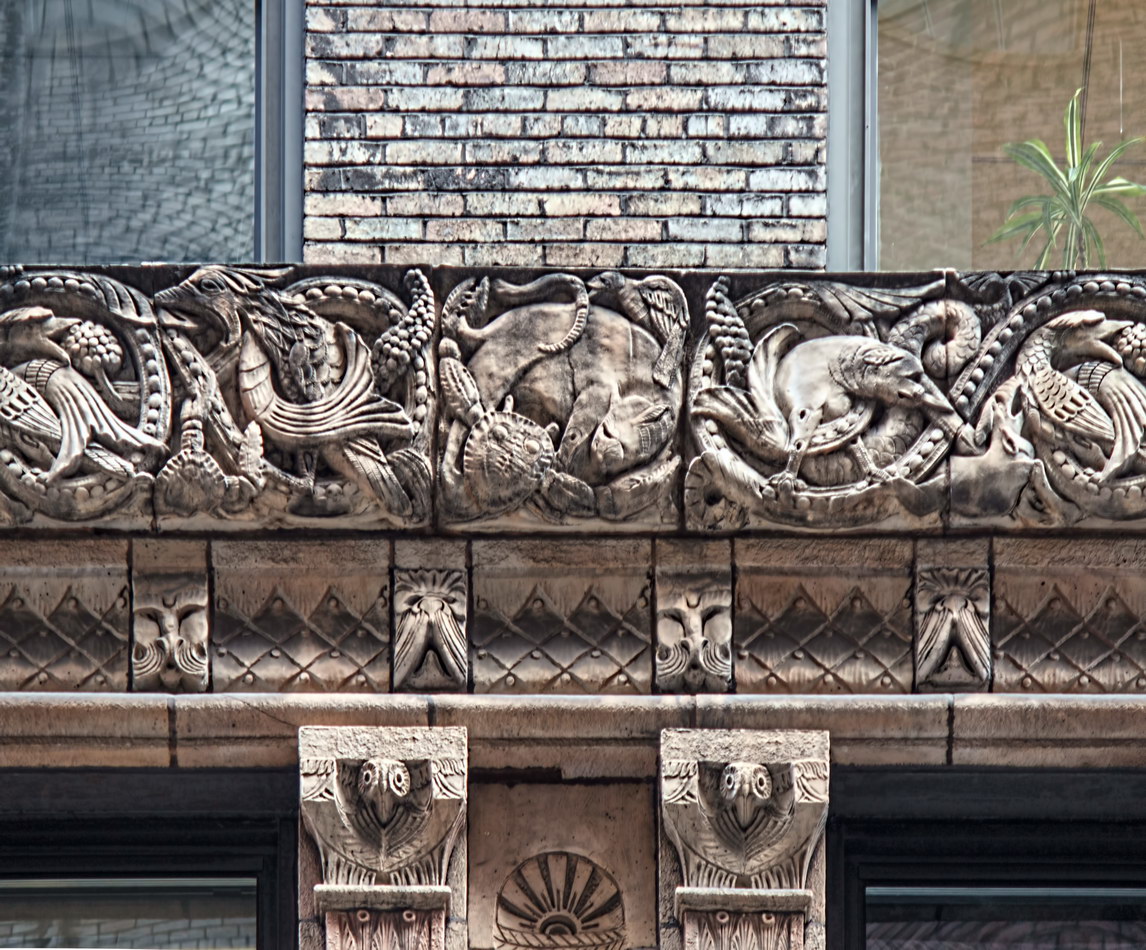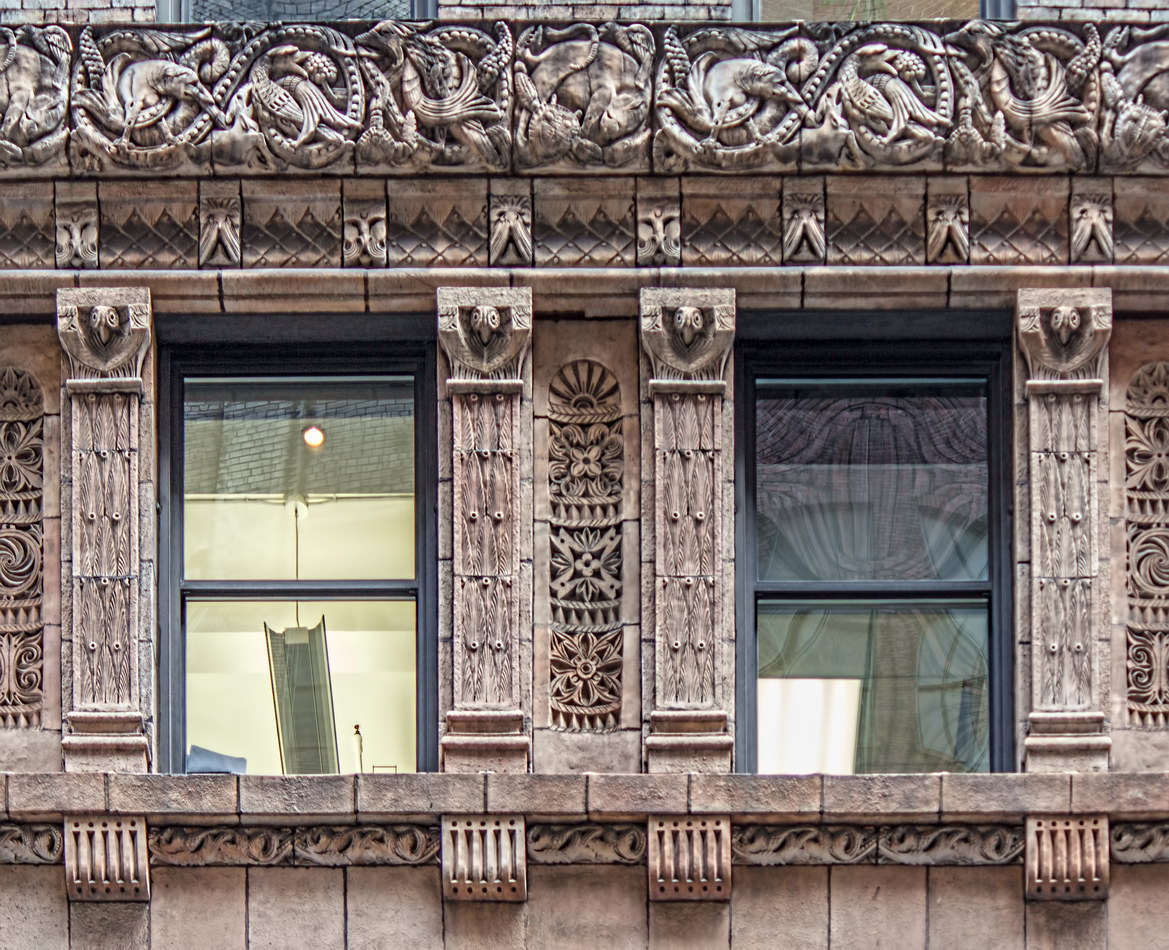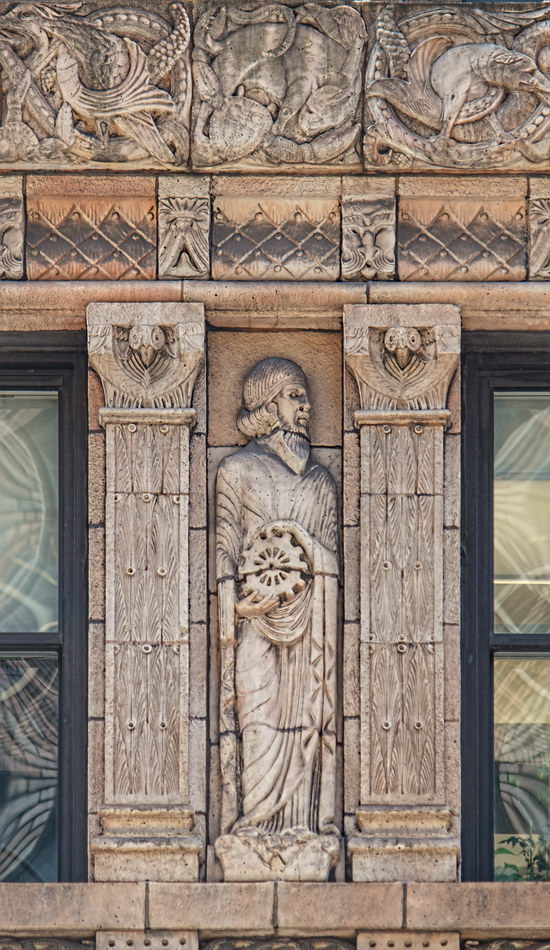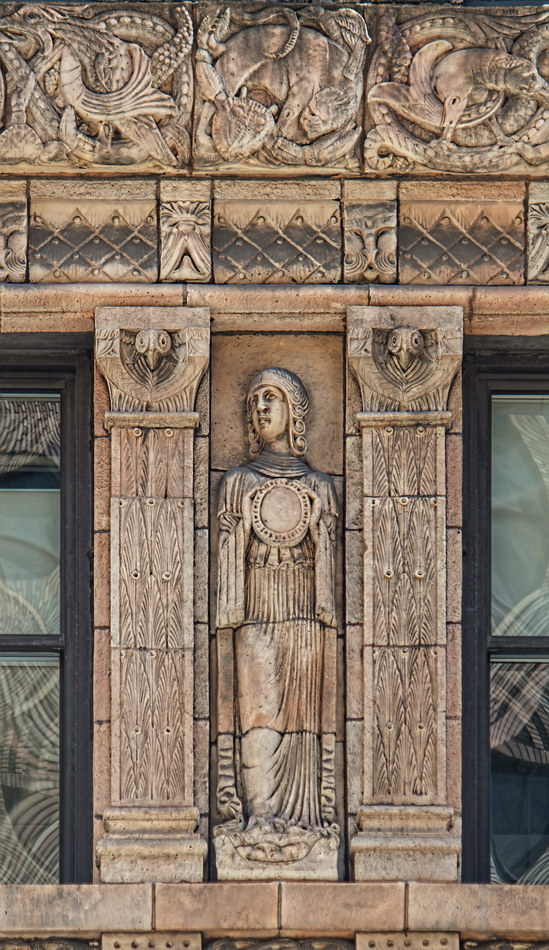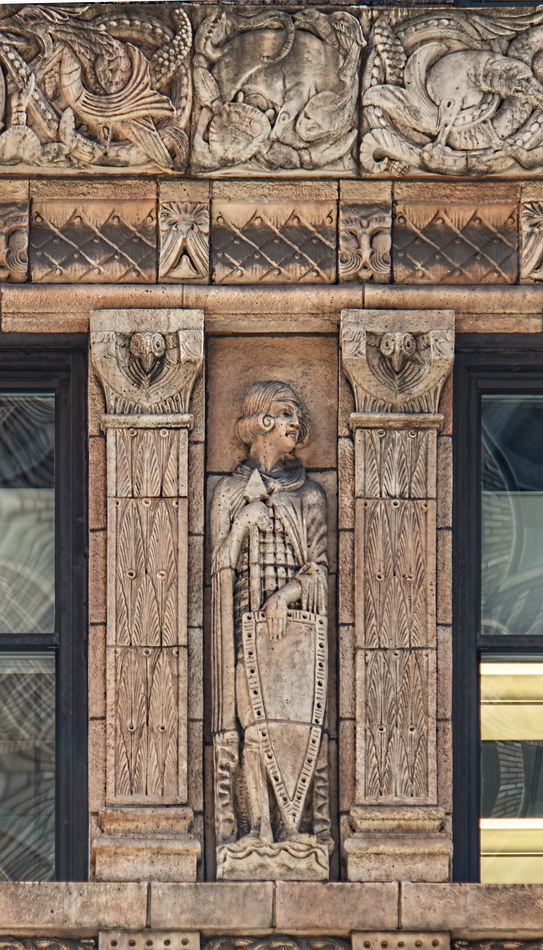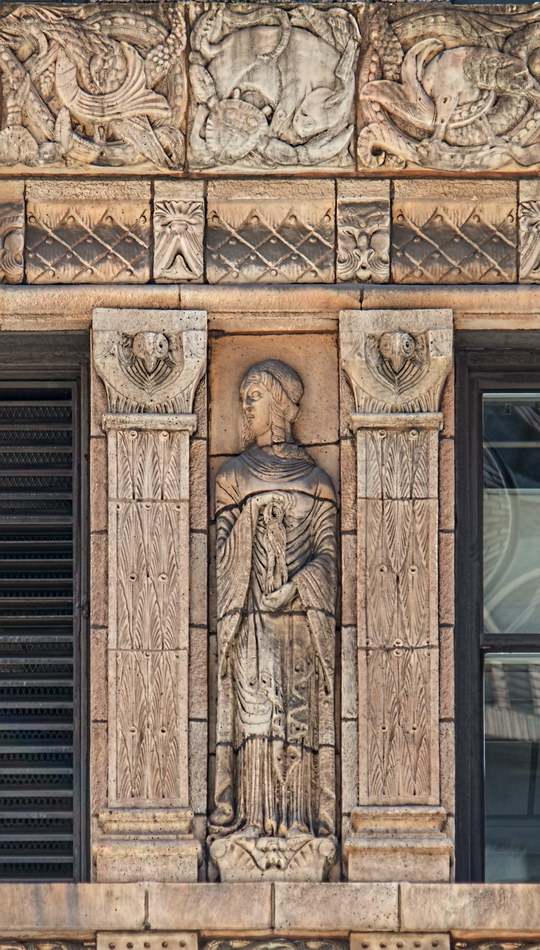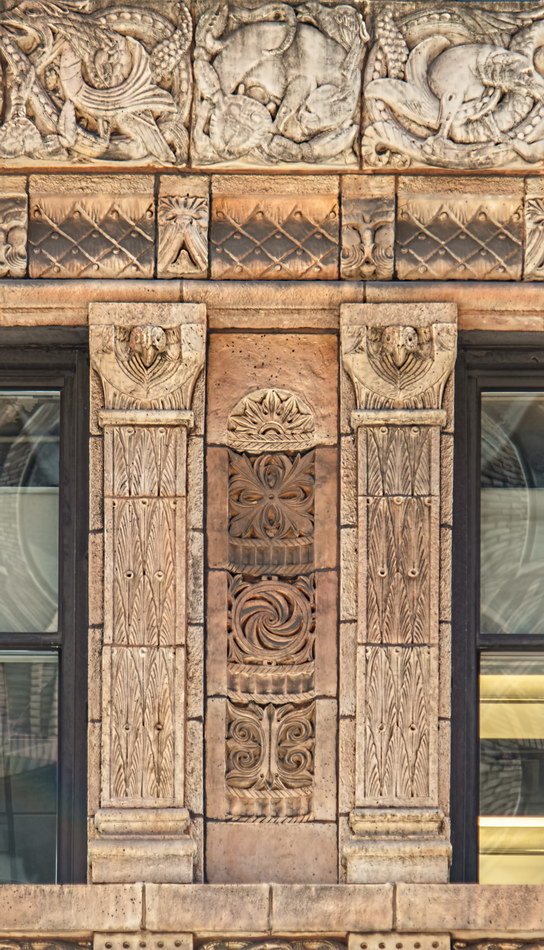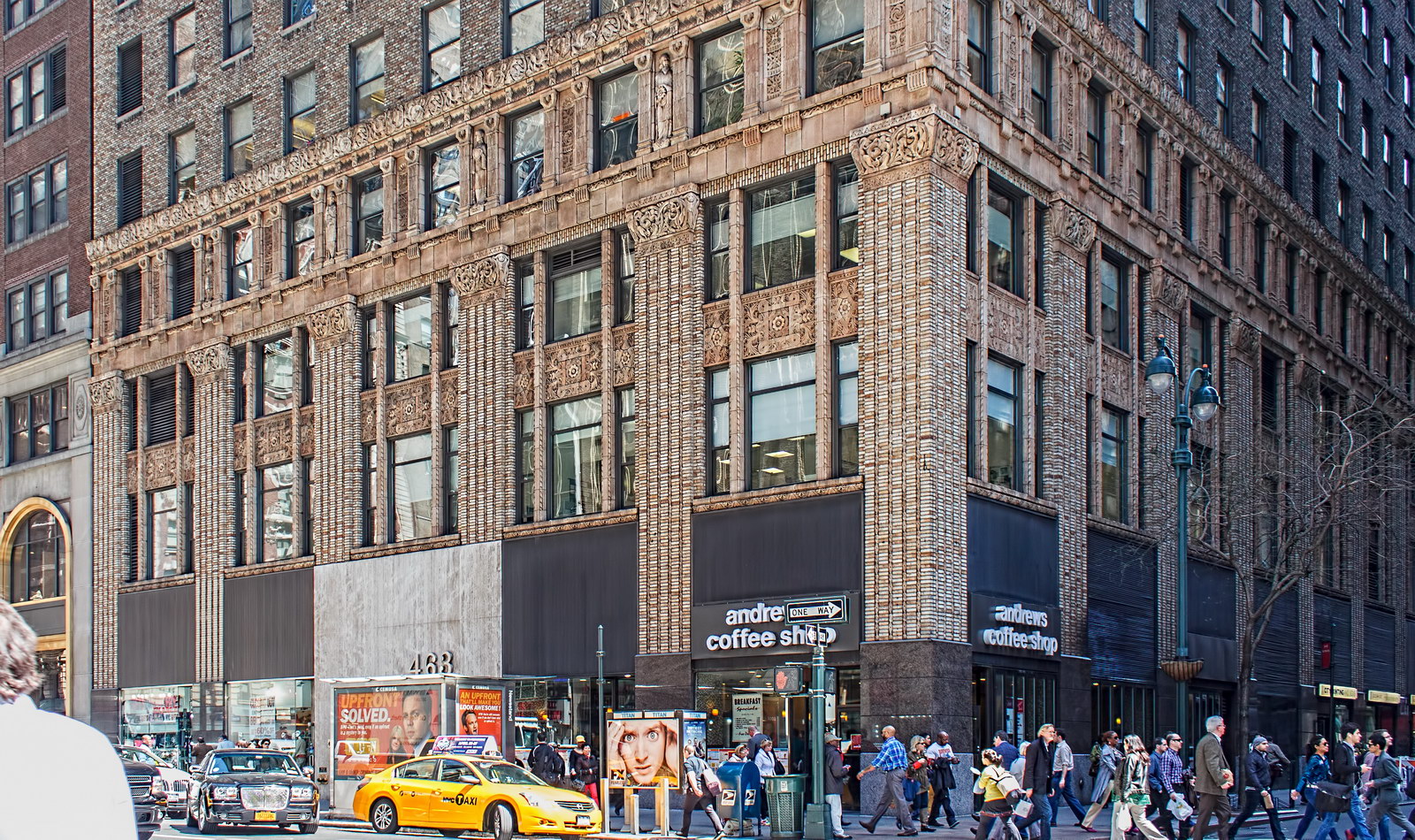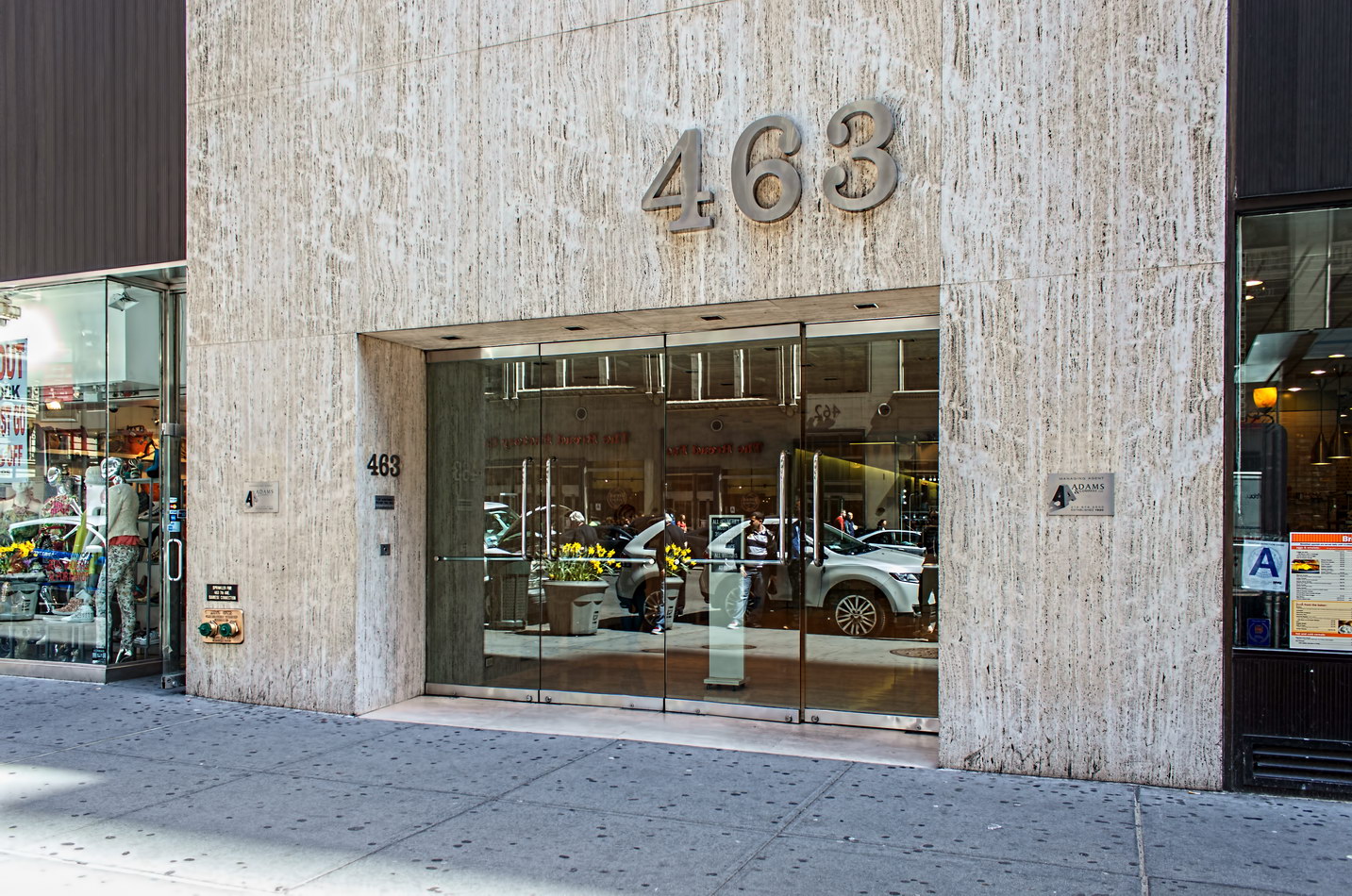Beacon Hotel and Theater share a Broadway facade, but it’s the theater’s interior that keeps getting rave reviews. Conceived as part of the Roxy theater chain, the showplace was described by the Landmarks Preservation Commission (LPC) as “…a lavish space with stylistic effects drawn from the traditions of Greek, Roman, Renaissance, and Rococo architecture.”
The buildings are a collaboration of Samuel L. Rothafel – better known as Roxy – and The Chanin Construction Company. LPC explains, “Undoubtedly pleased with the success of combining three theaters with the Hotel Lincoln, thereby providing common building services for all, the Chanins saw a combination theater-hotel structure to be a logical solution for the site.”
Alas, Roxy’s plans did not pan out. Warner Bros. Pictures wound up with the theater lease. The Beacon continued as a movie theater until 1974, when the programs switched to live performances. The LPC designated the interior a landmark in 1979. In 1986 developers wanted to convert the Beacon to a disco – plans that were halted by a judge who said the conversion would irreparably harm the landmark’s architecture. Madison Square Garden Entertainment’s parent company, Cablevision, leased the Beacon in 2006. Cablevision restored the theater at a reported cost of $10 million. Madison Square Garden Company now manages the Beacon.
P.S. It’s called Beacon Hotel because of an airplane beacon on the roof.
Beacon Hotel and Theater Vital Statistics
- Location: 2130 Broadway at W 75th Street
- Year completed: 1929
- Architect: Walter W. Ahlschlager
- Floors: 24
- Style: Beaux Arts
- New York City Landmark: 1979 (theater interior)
- National Register of Historic Places: 1982
Beacon Hotel and Theater Recommended Reading
- Wikipedia entry
- NYC Landmarks Preservation Commission designation report (interior)
- The New York Times 2 OLD FILM PALACES CONFRONT MODERN TIMES (March 29, 1986)
- The New York Times Judge Halts Conversion Of Beacon to Dance Hall (September 26, 1987)
- The New York Times Beacon Restored to Glamour of Vaudeville Days (February 11, 2009)
- The New York Times Irwin Chanin, Builder of Theaters And Art Deco Towers, Dies at 96 (February 26, 1988)
- Beacon Hotel web site
- Beacon Theater web site
- Emporis database
